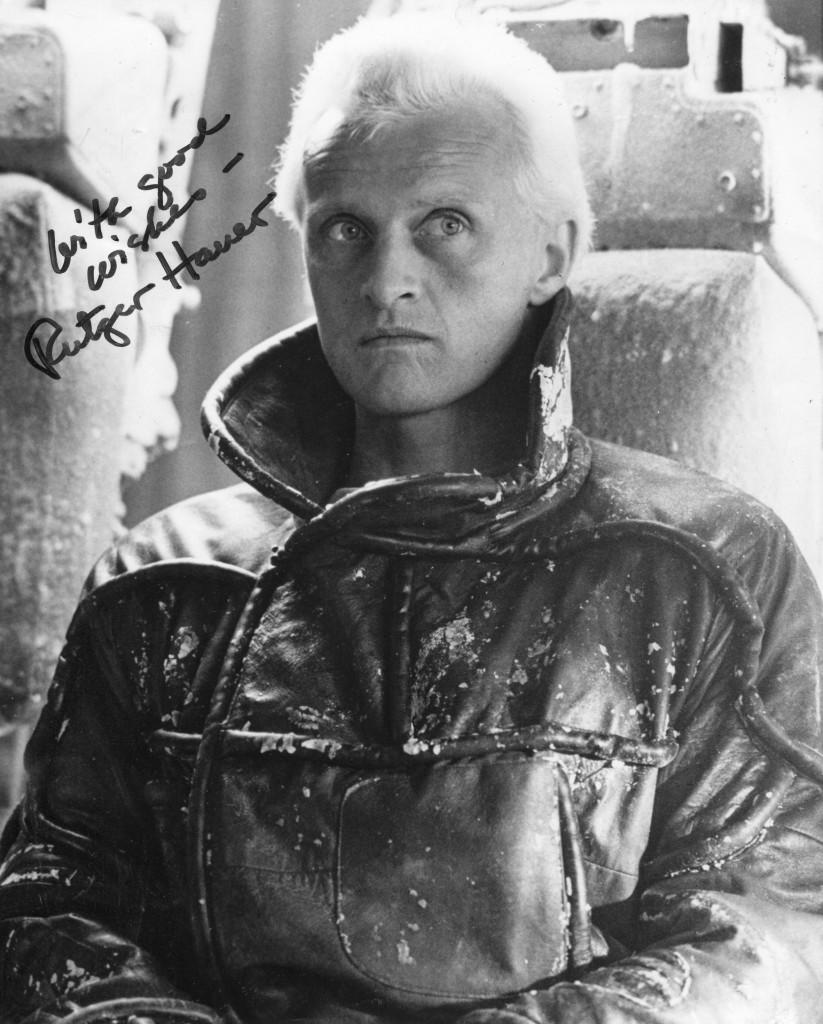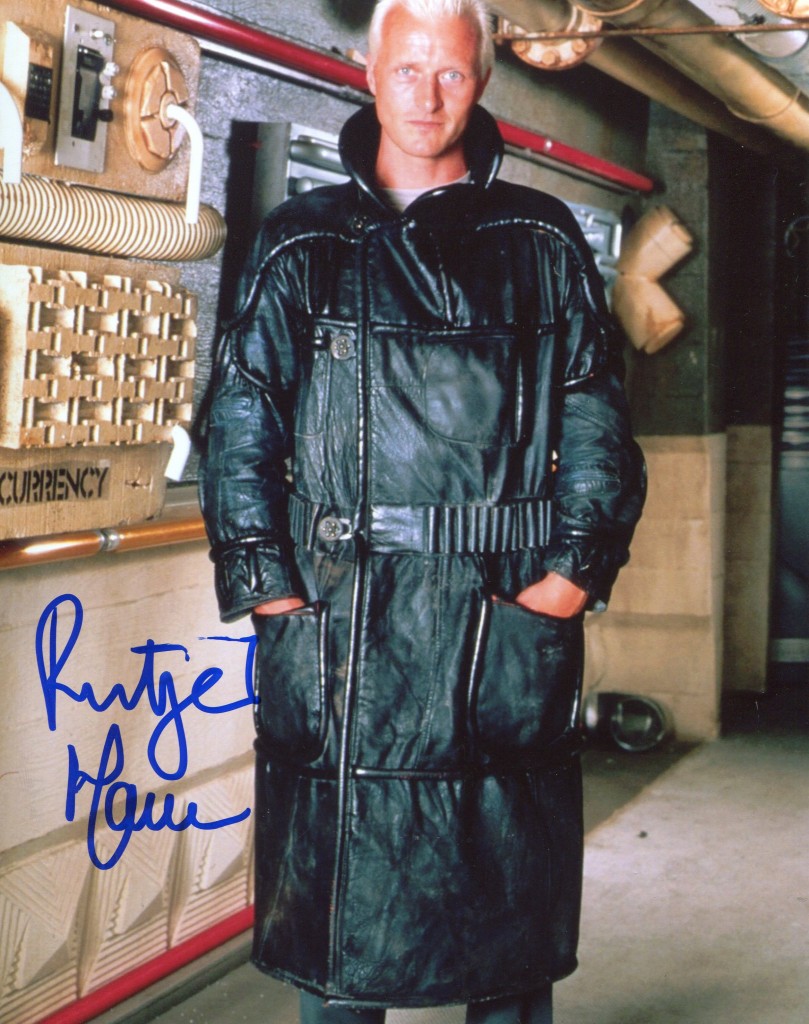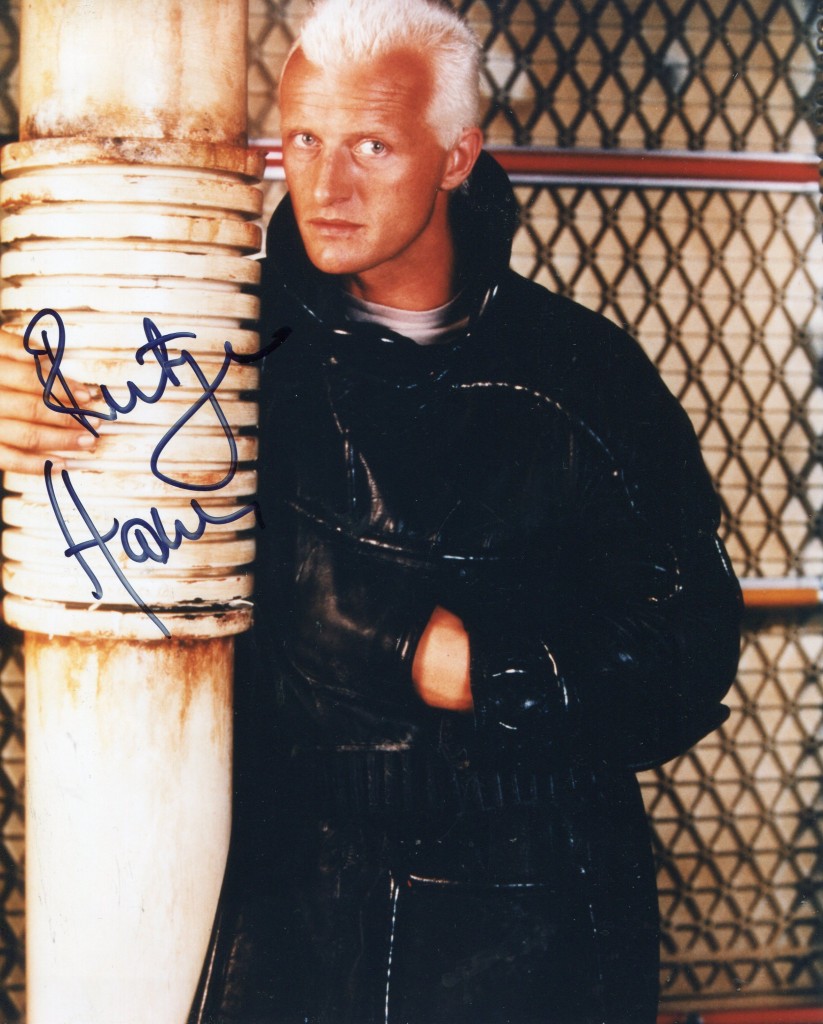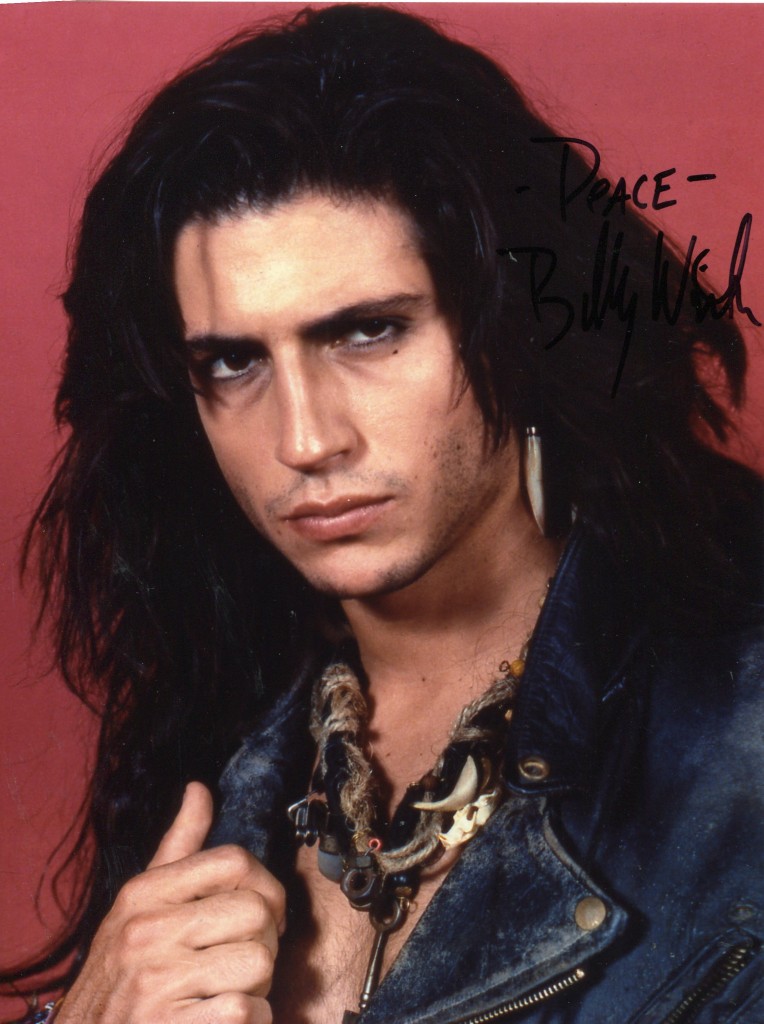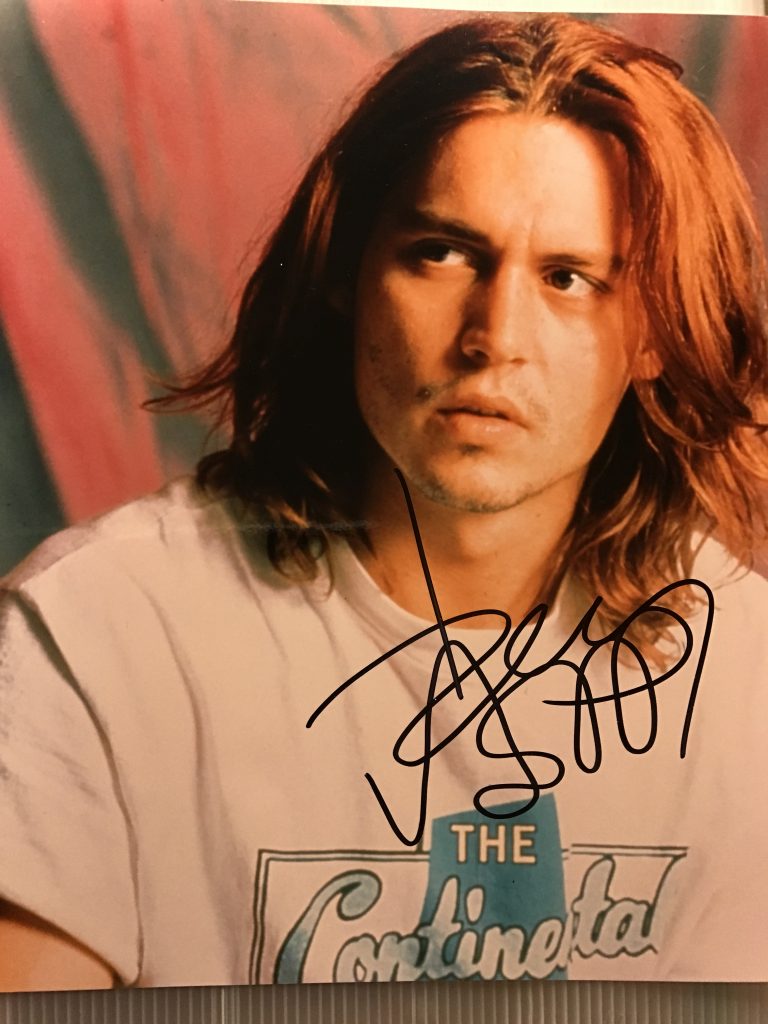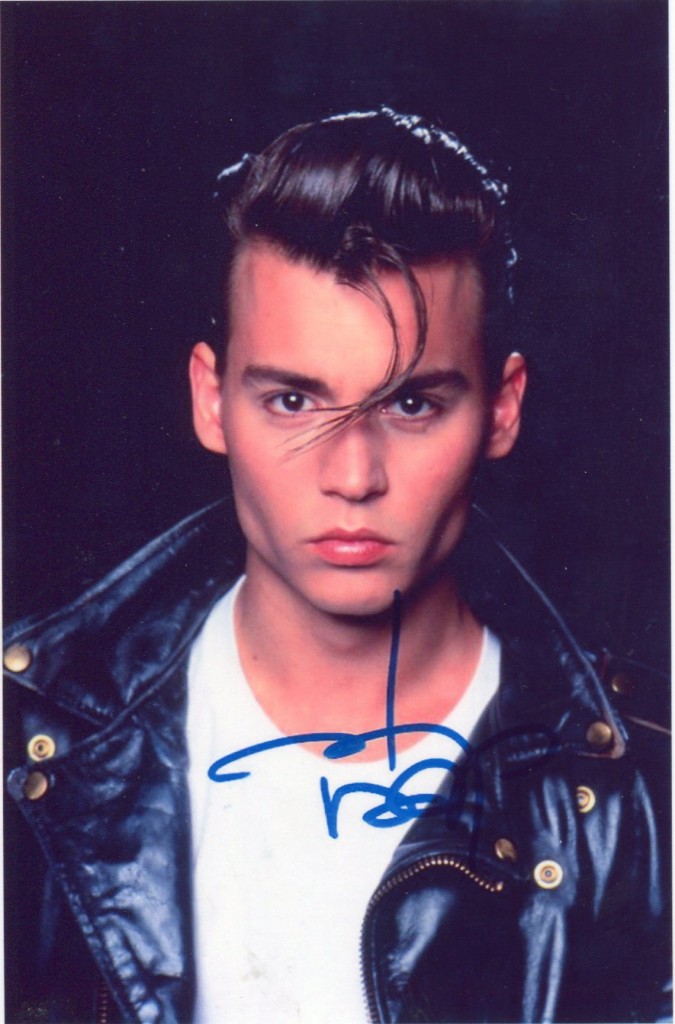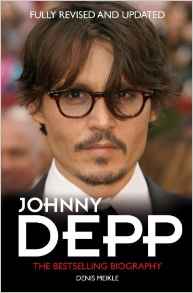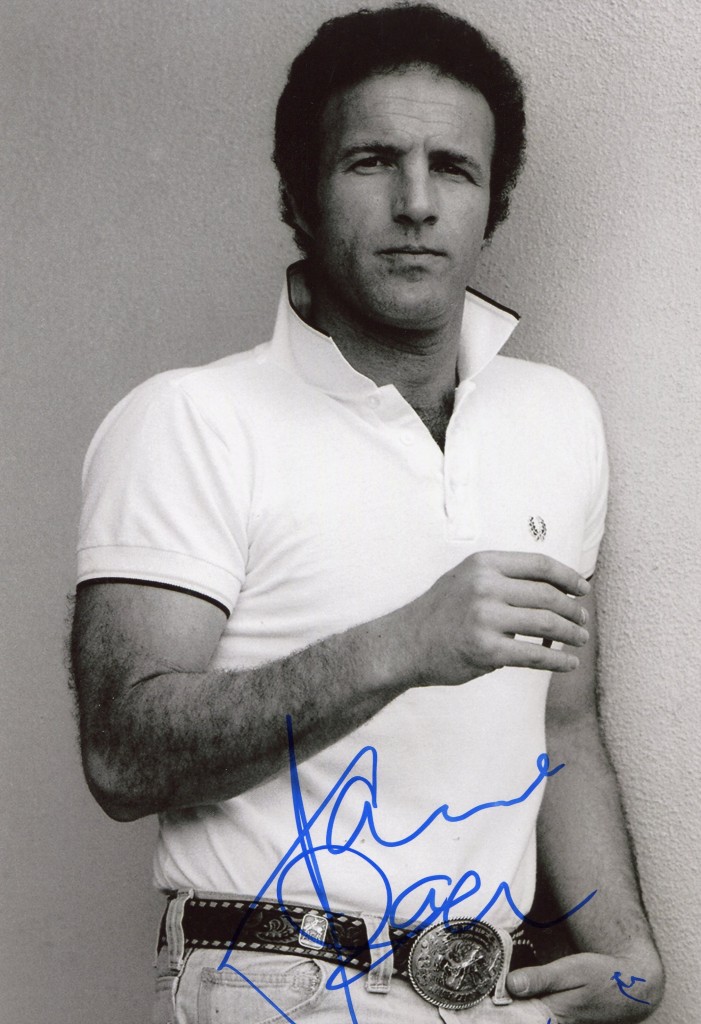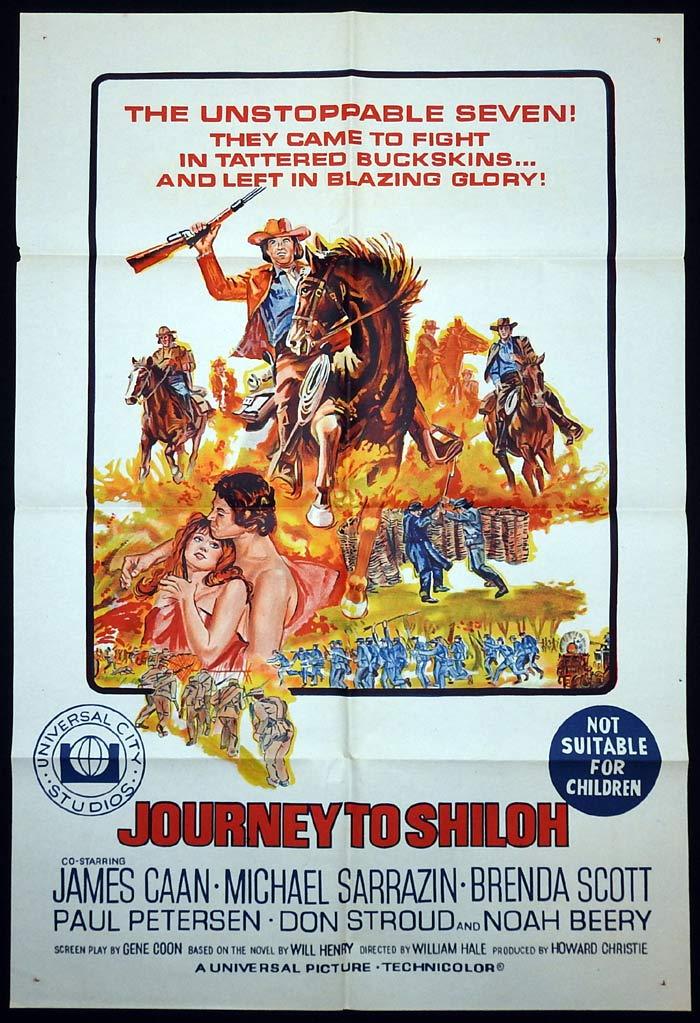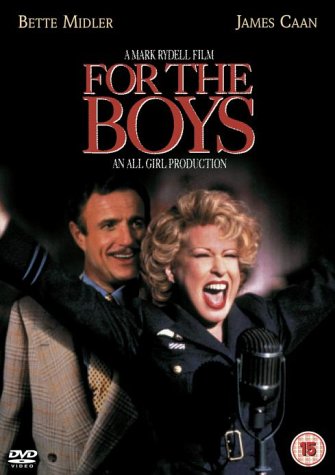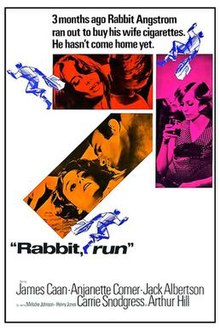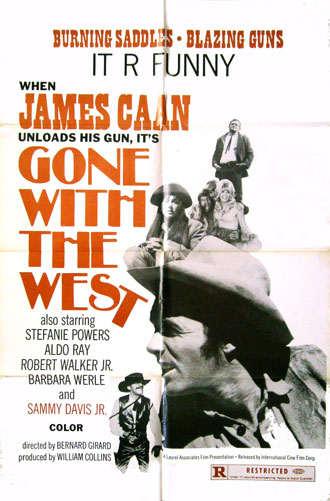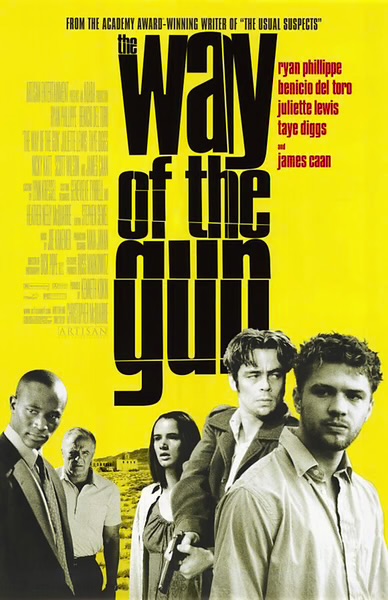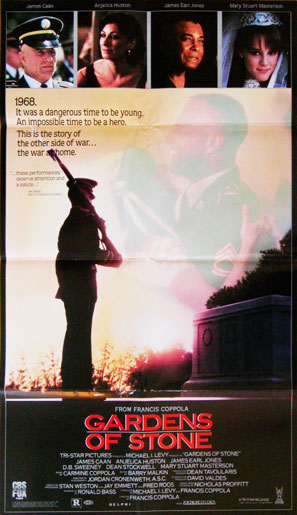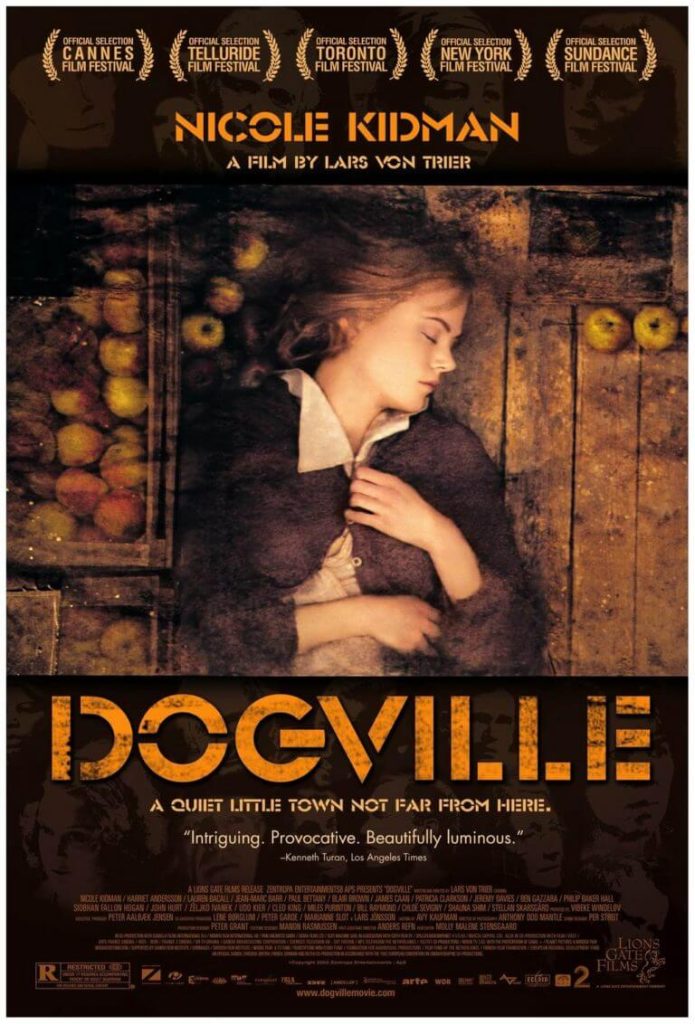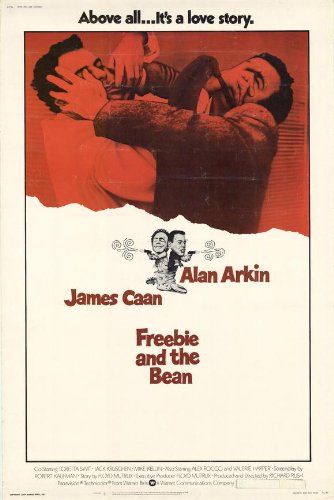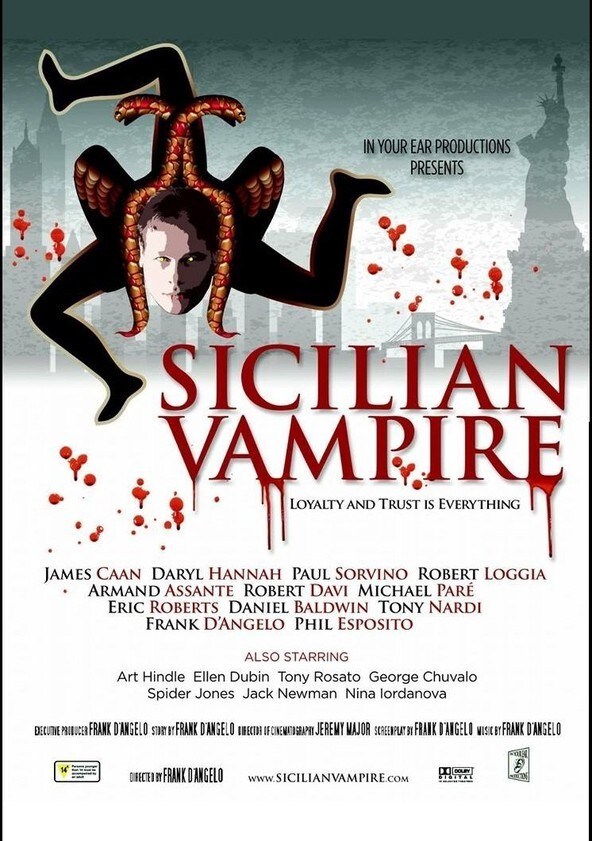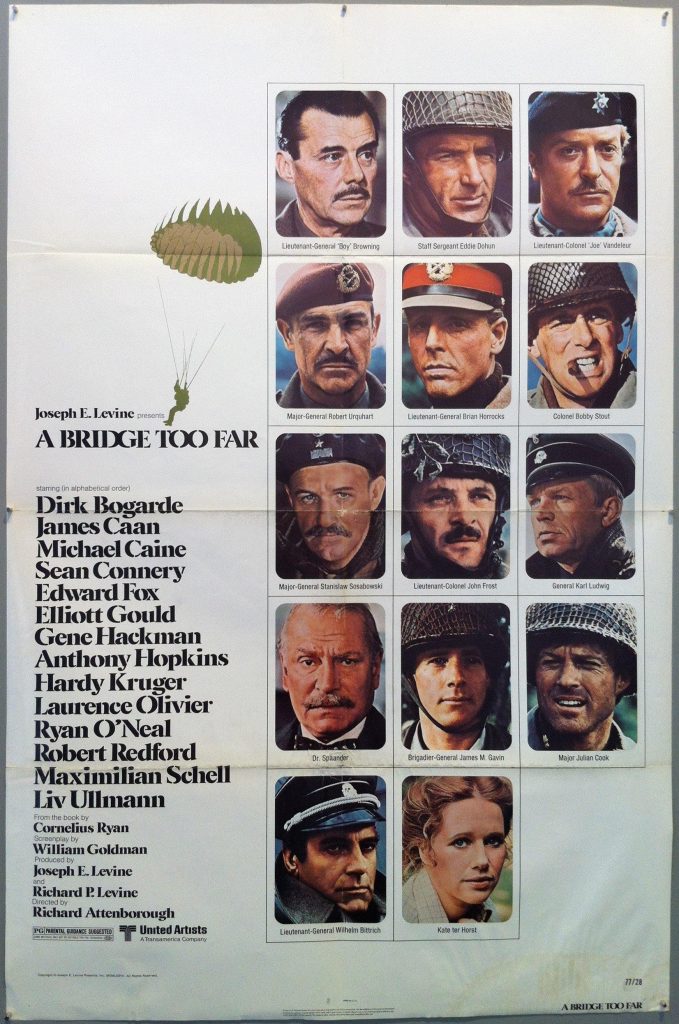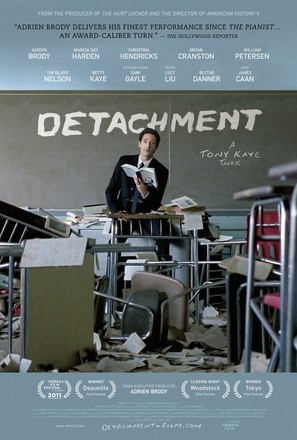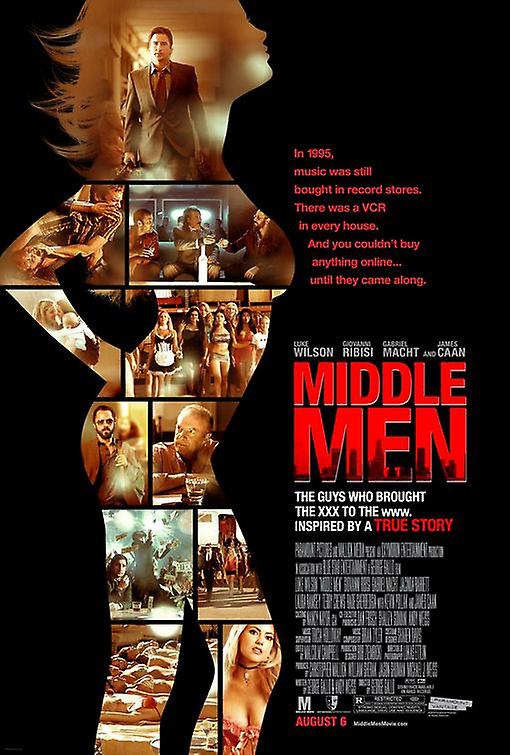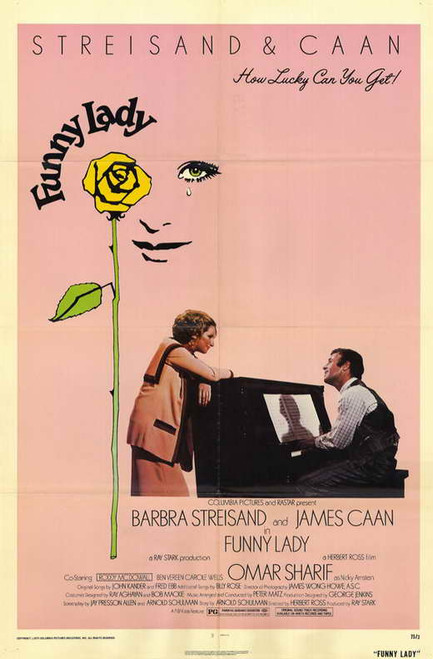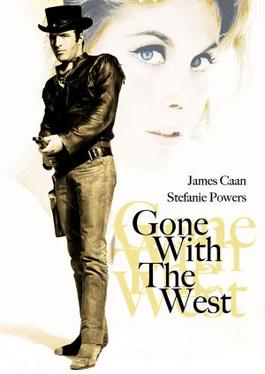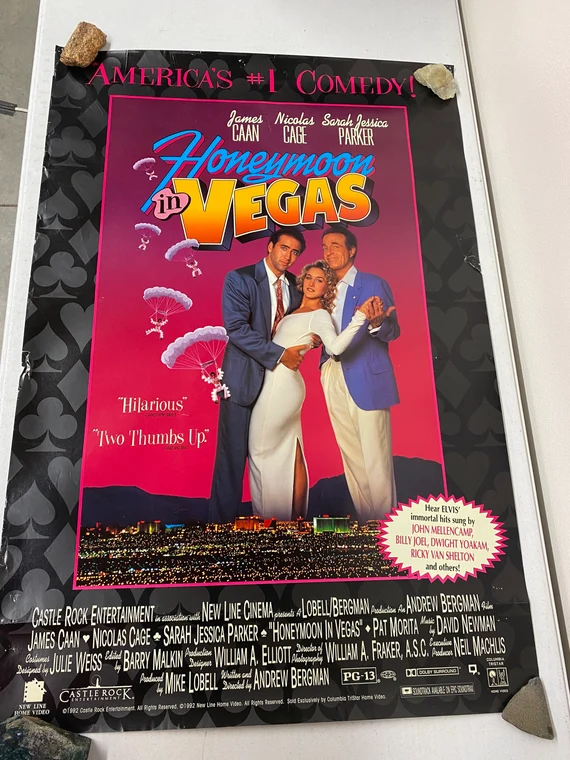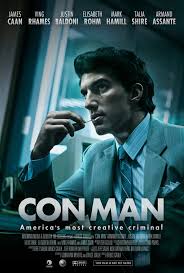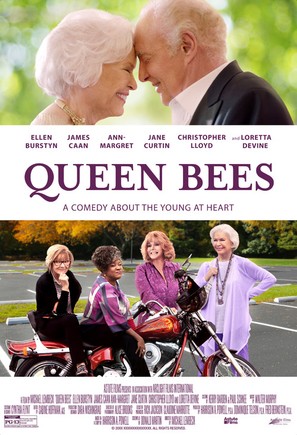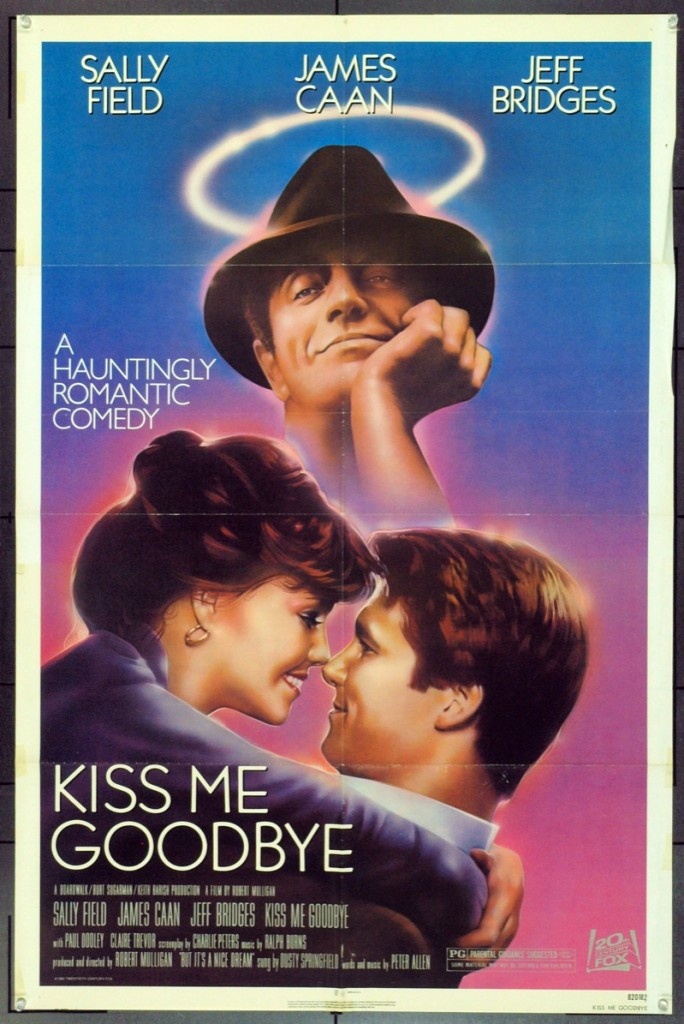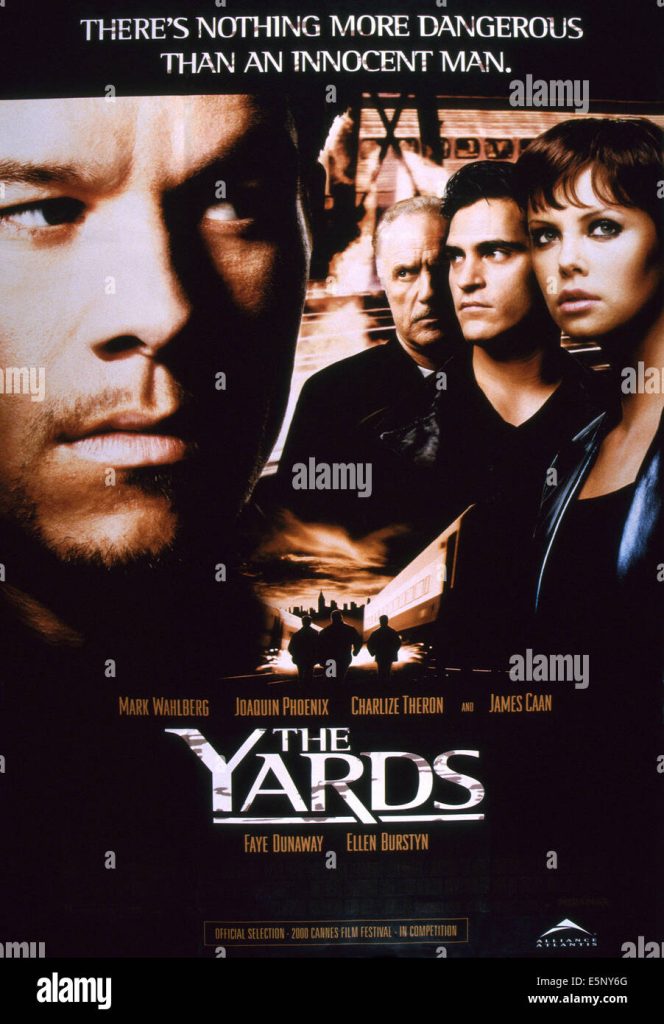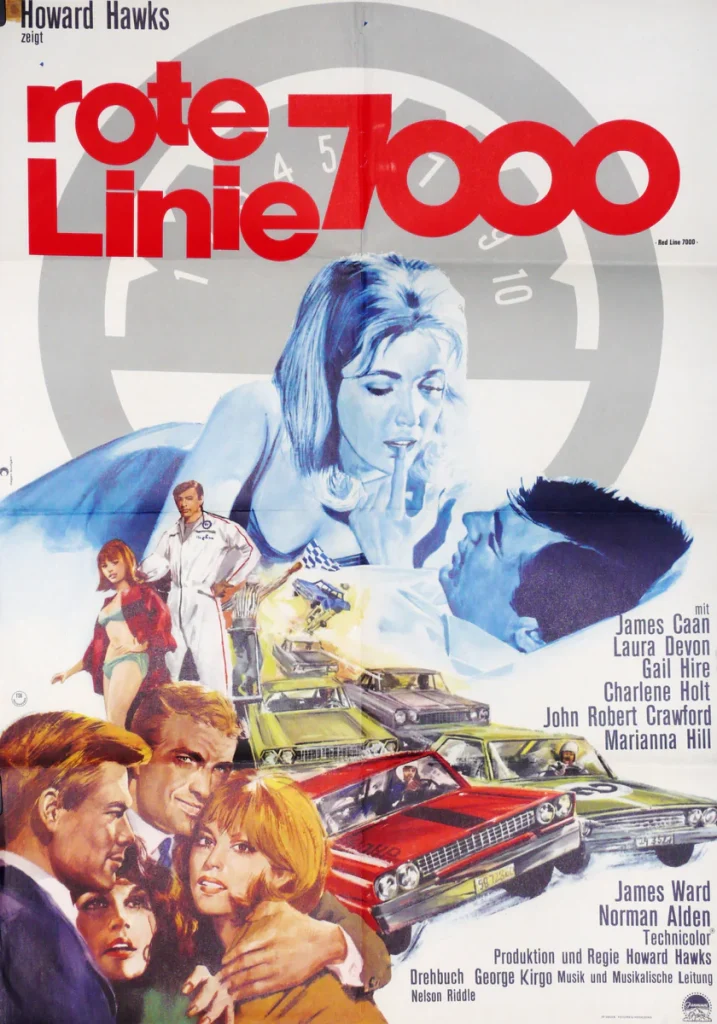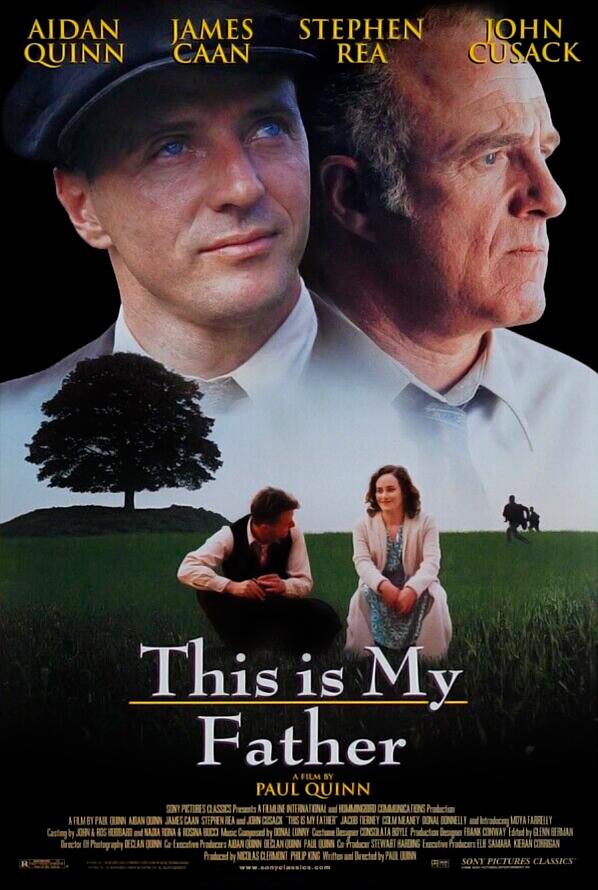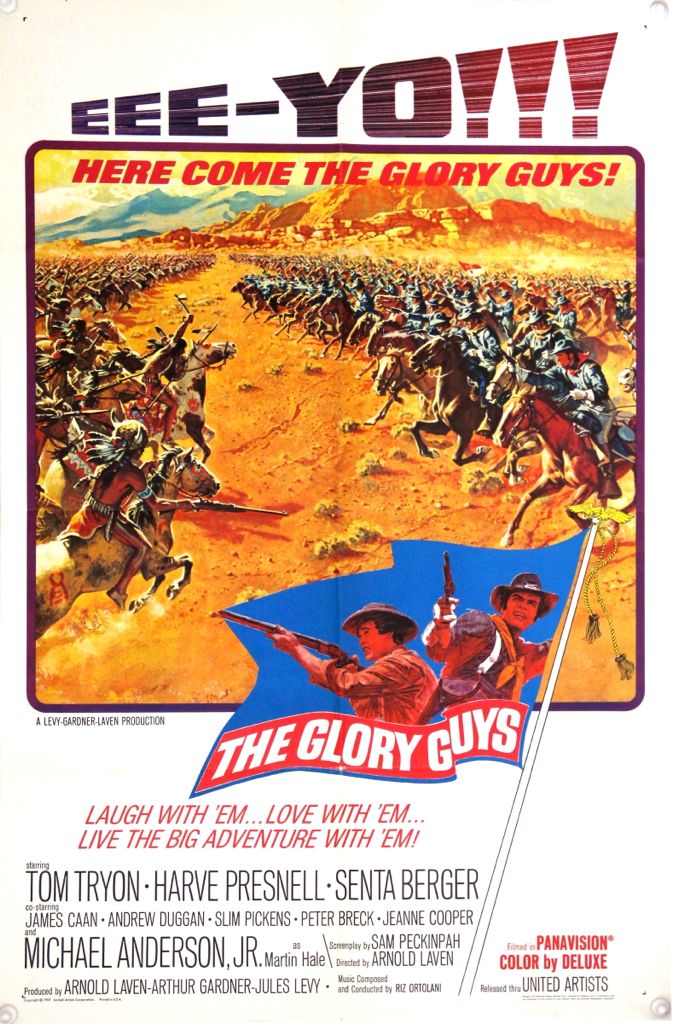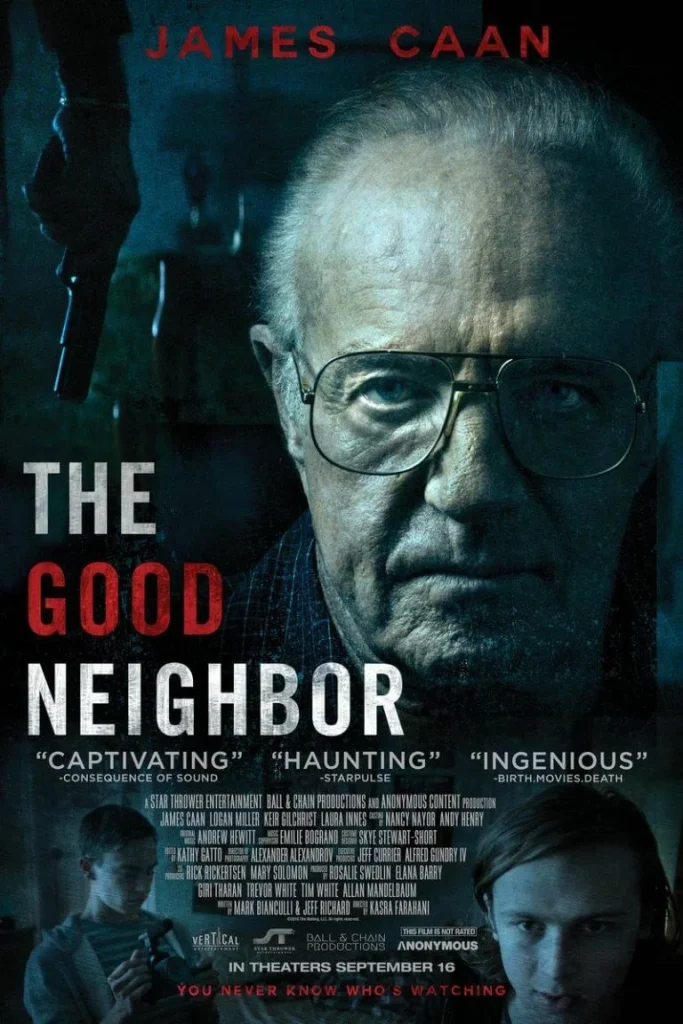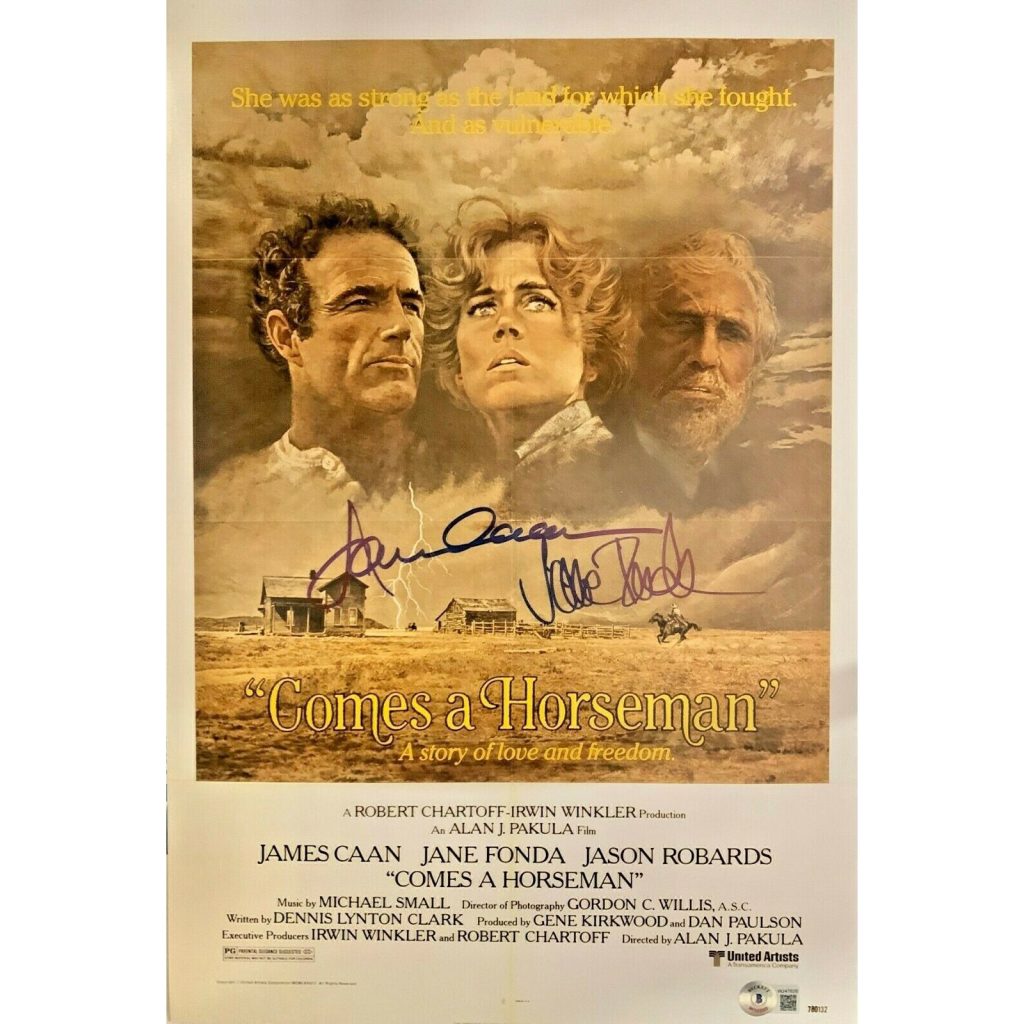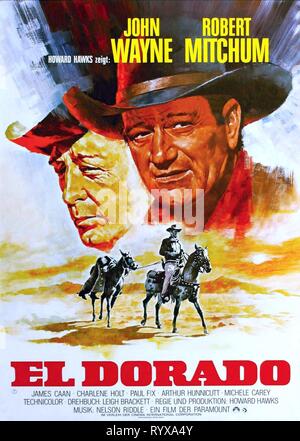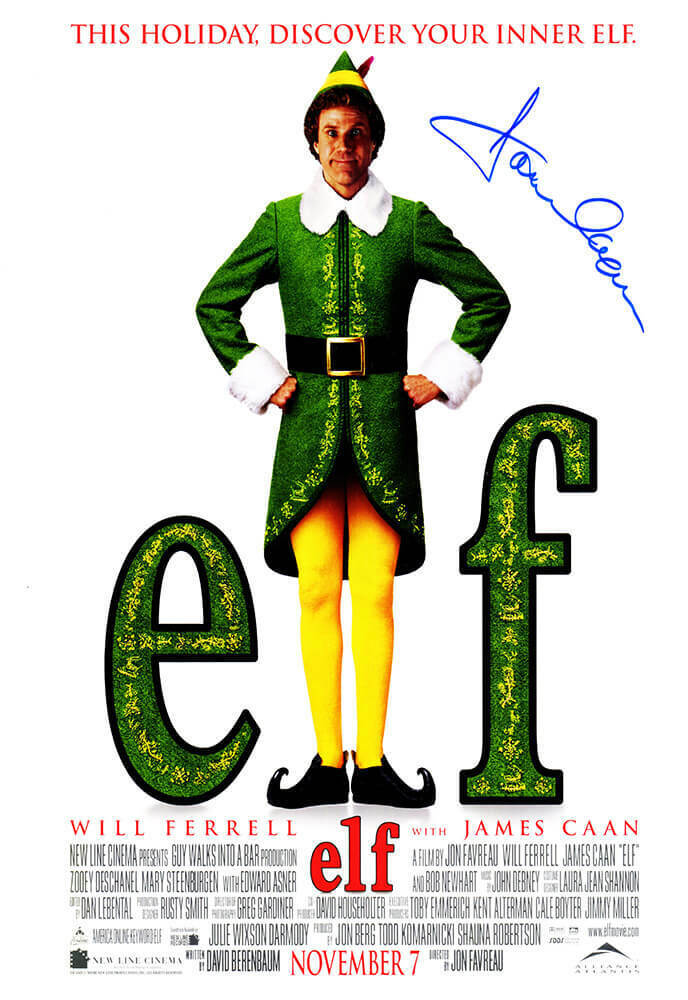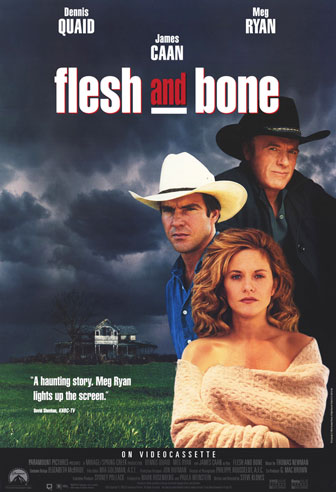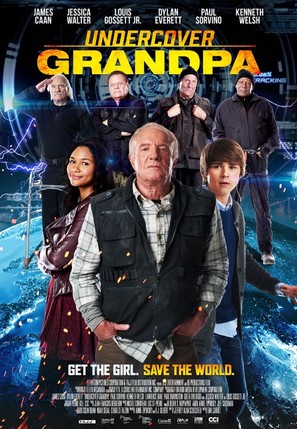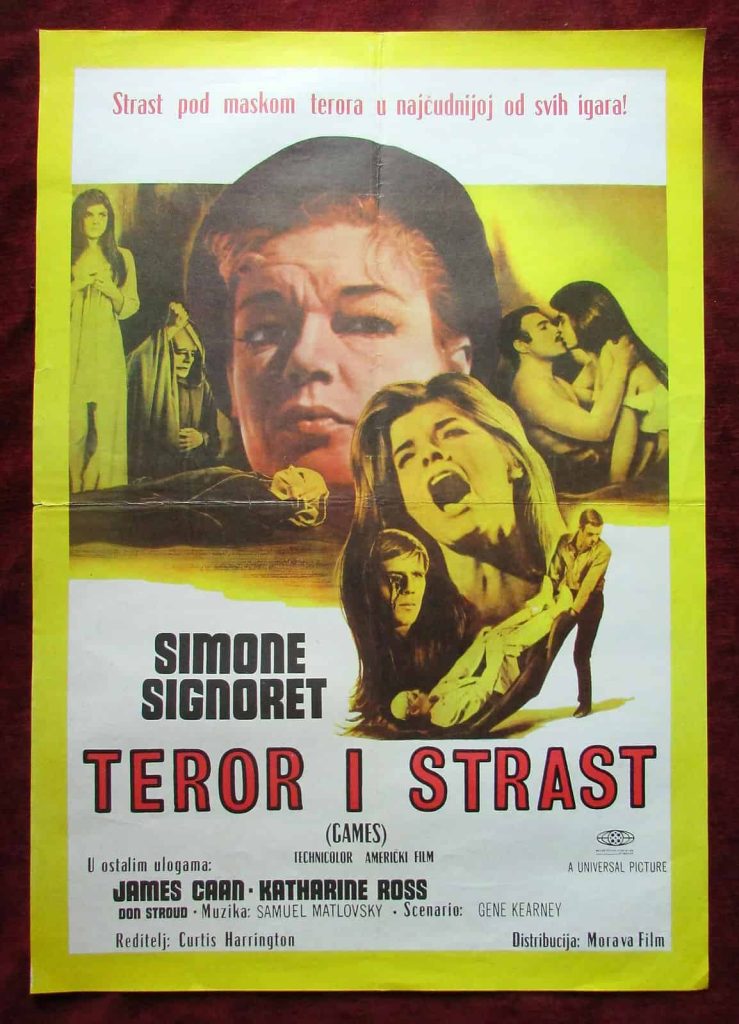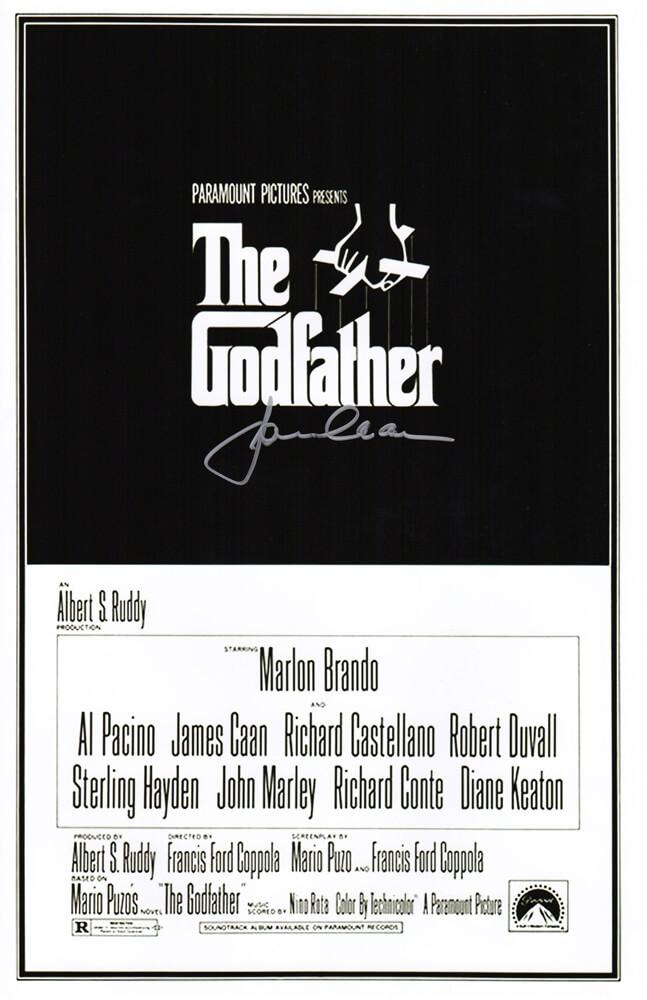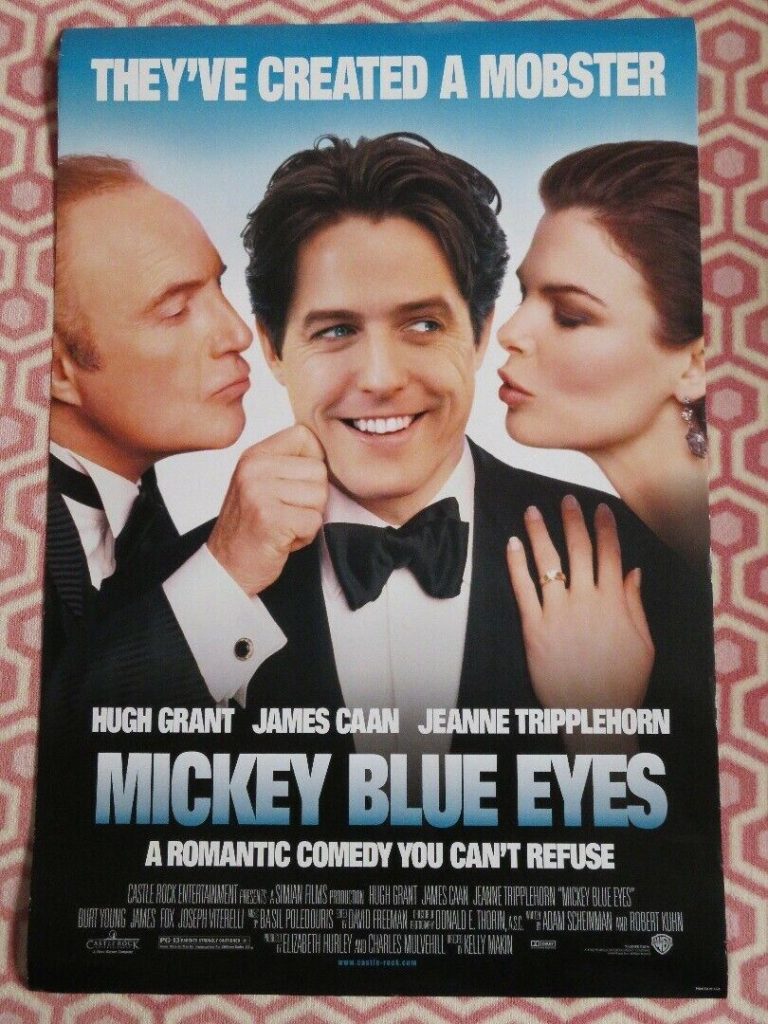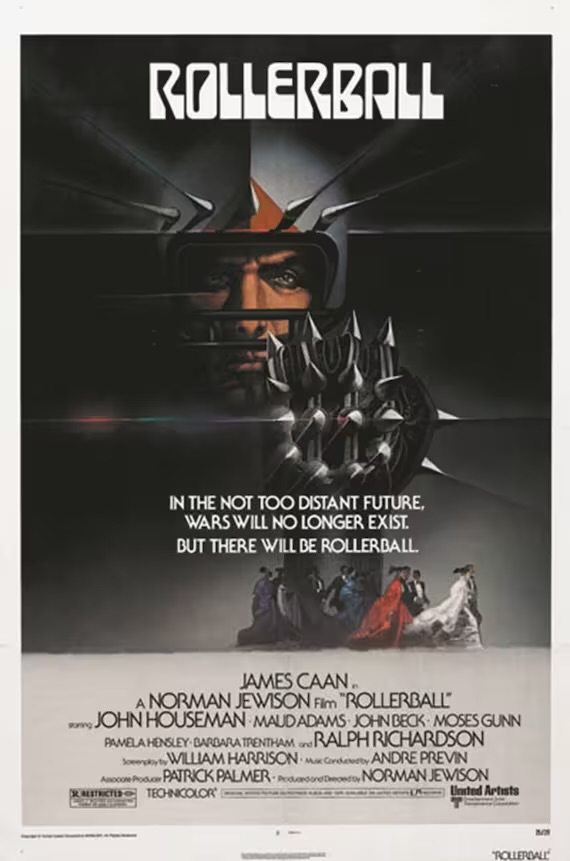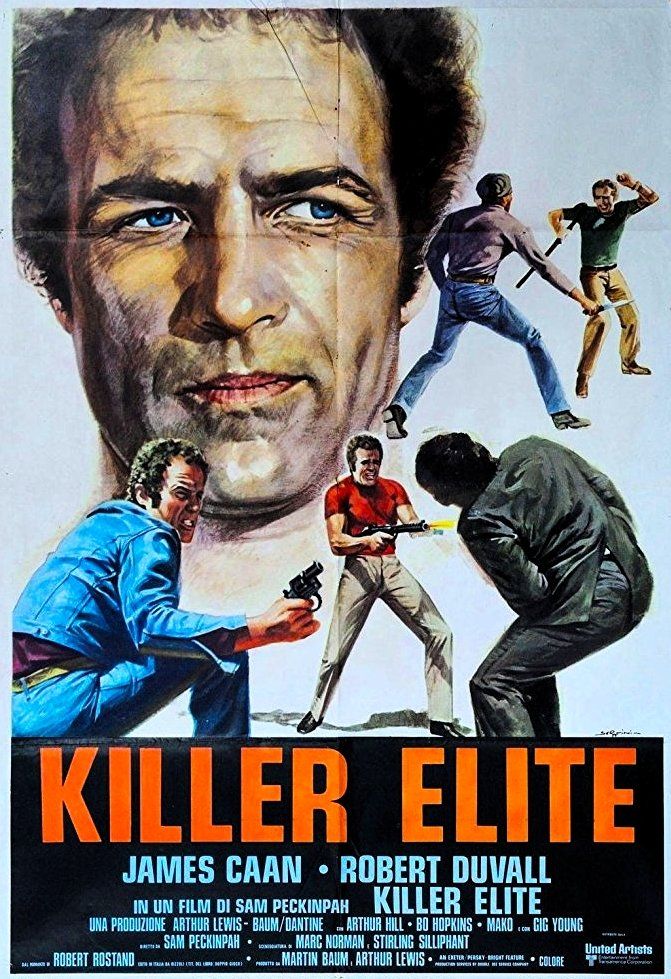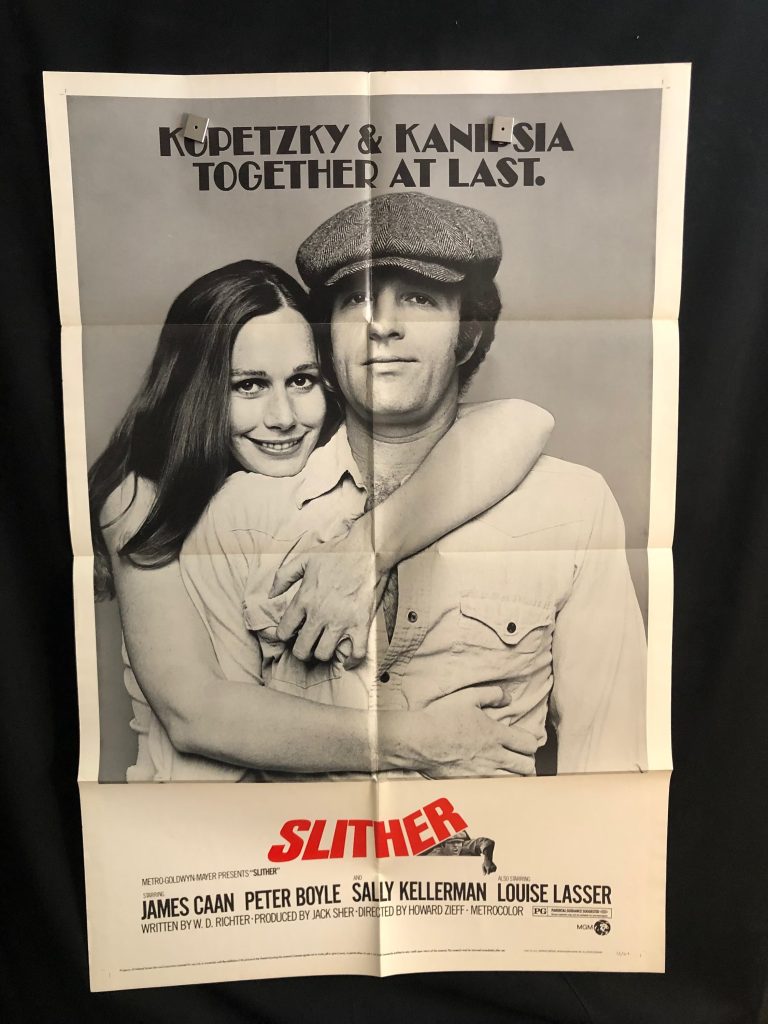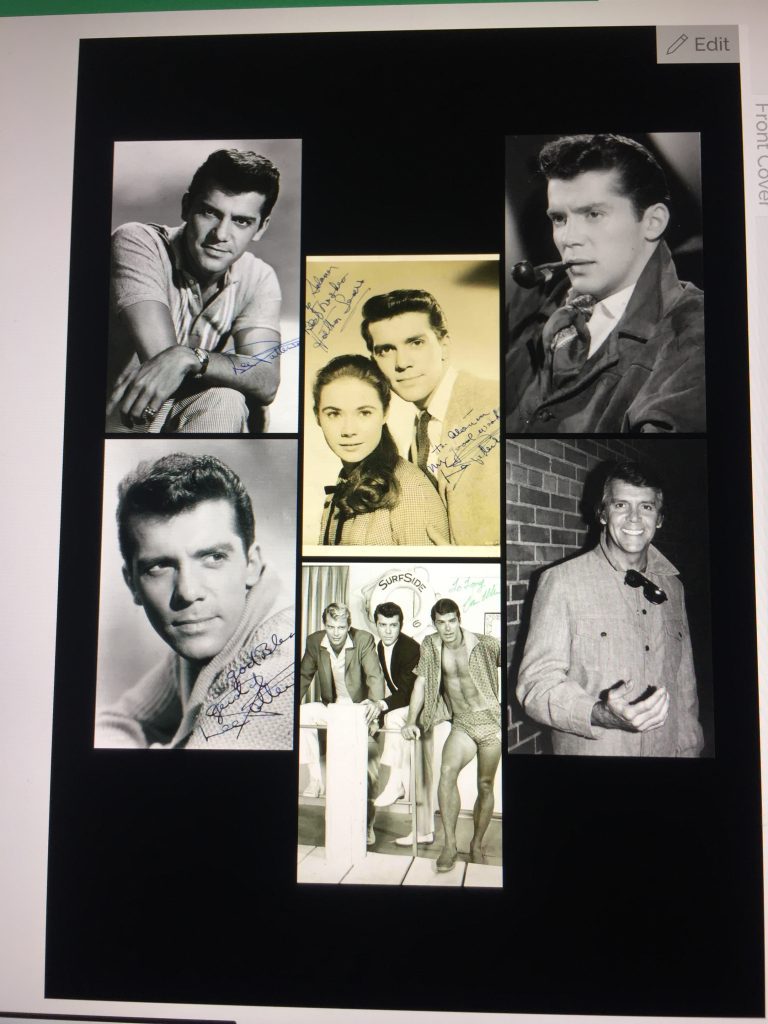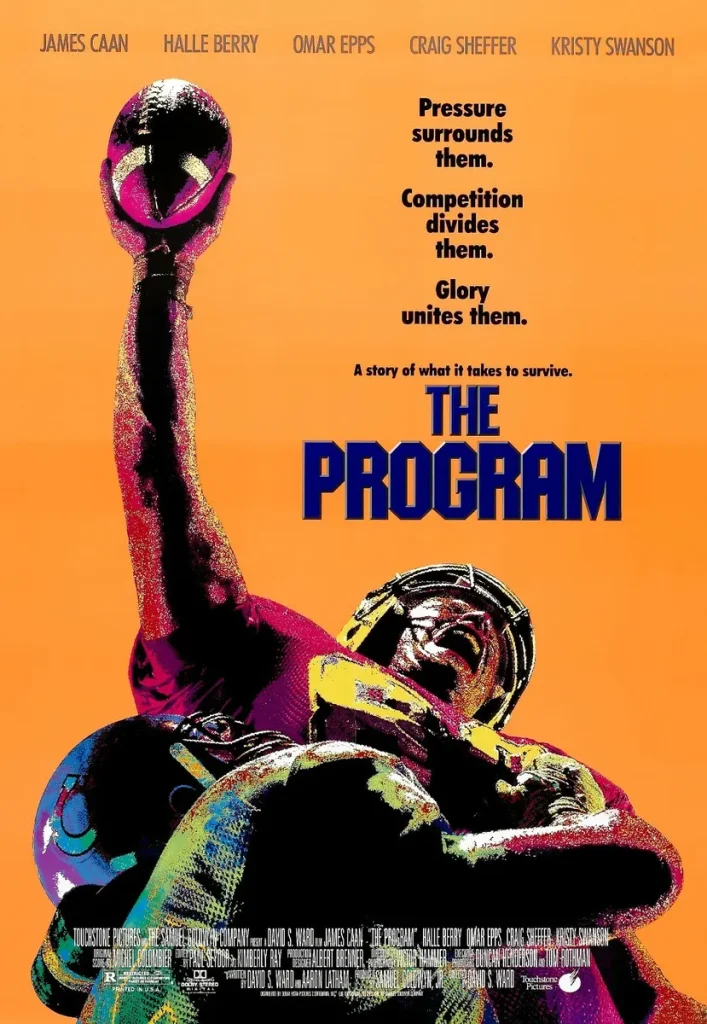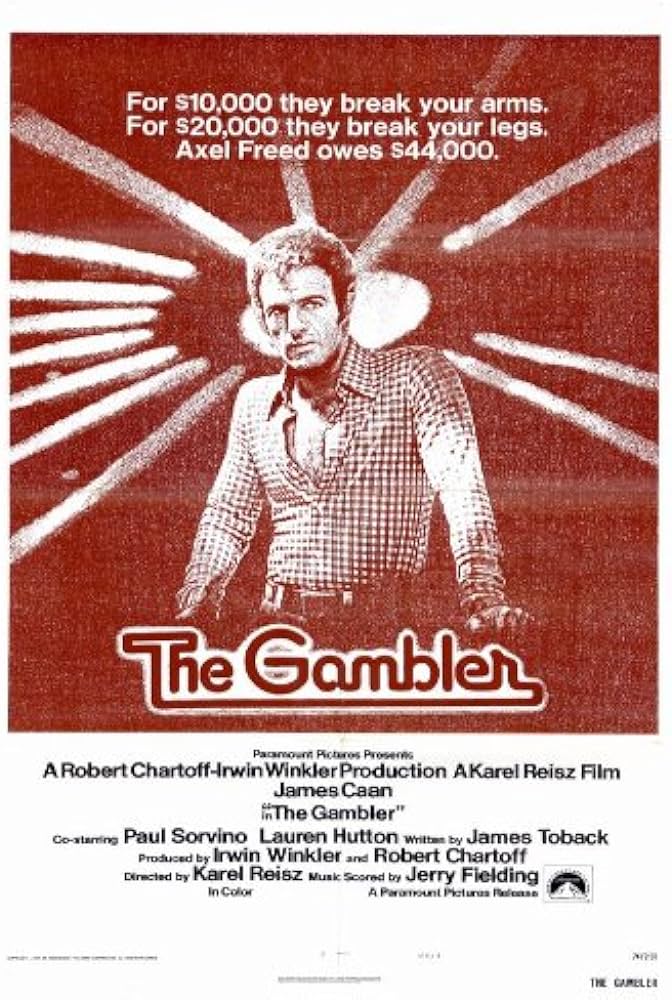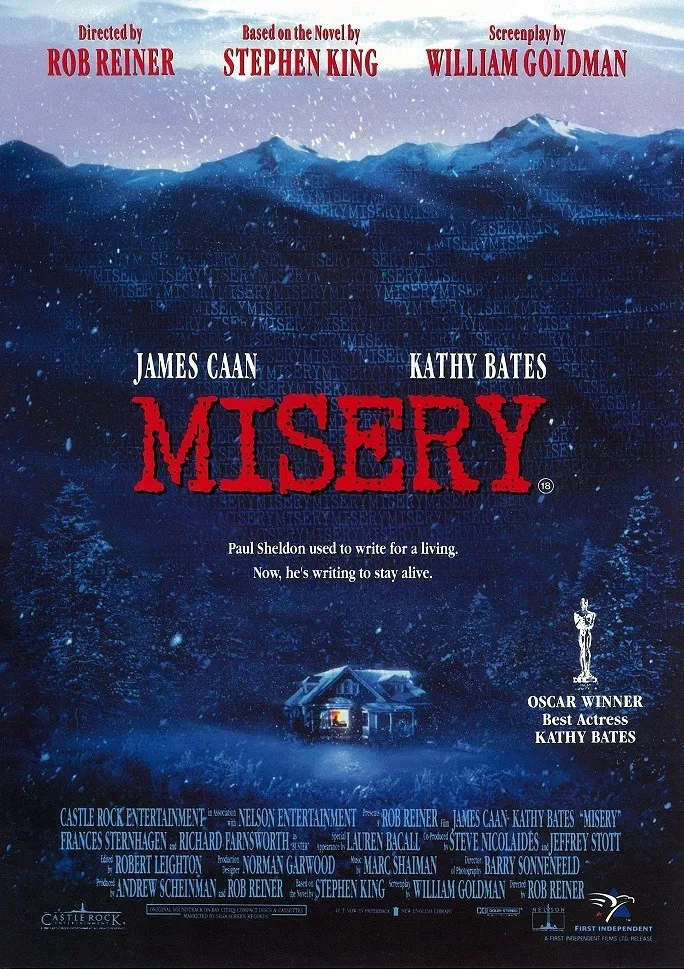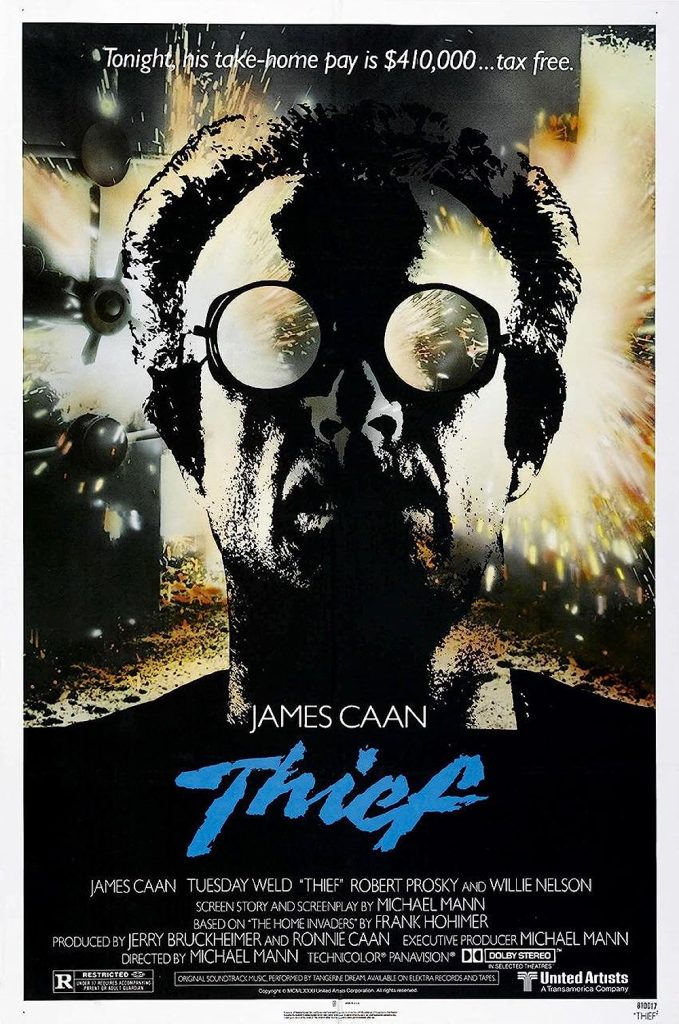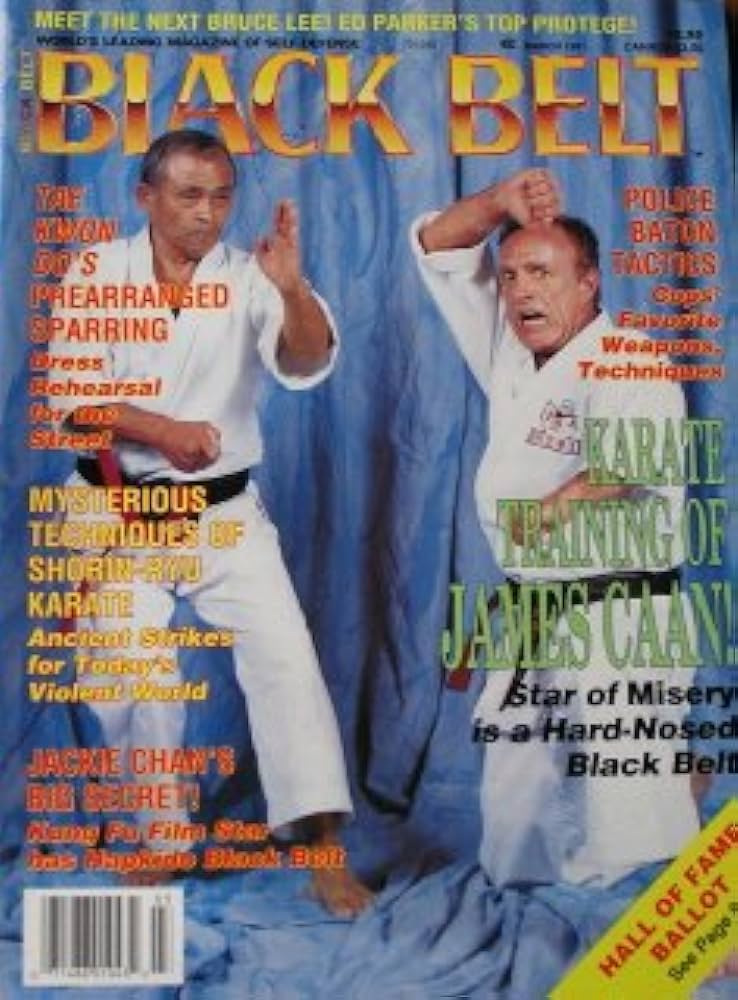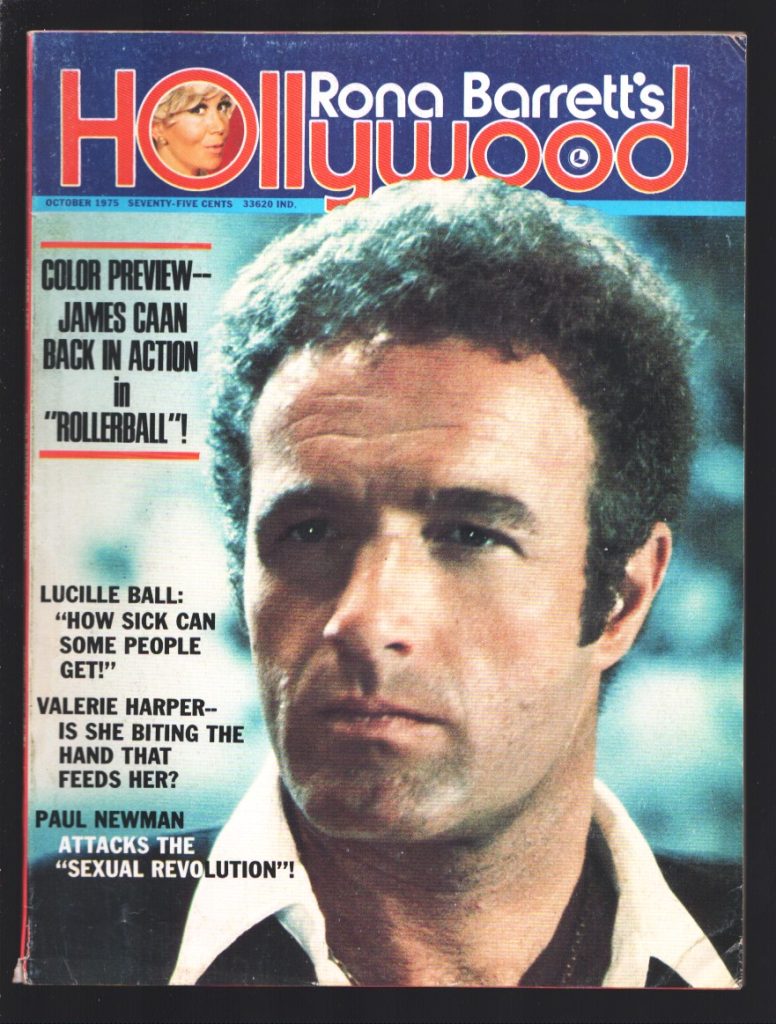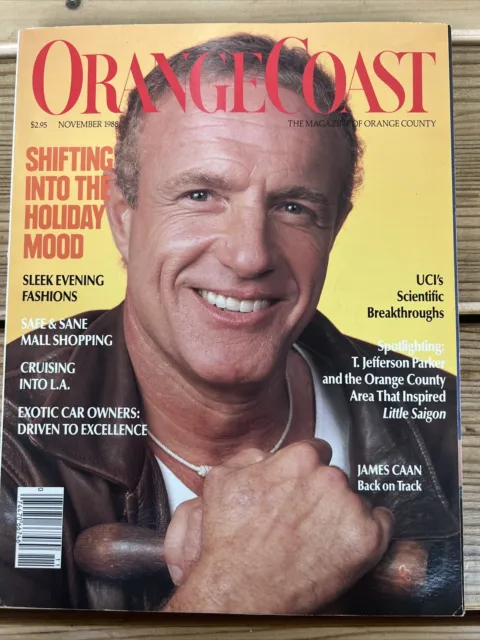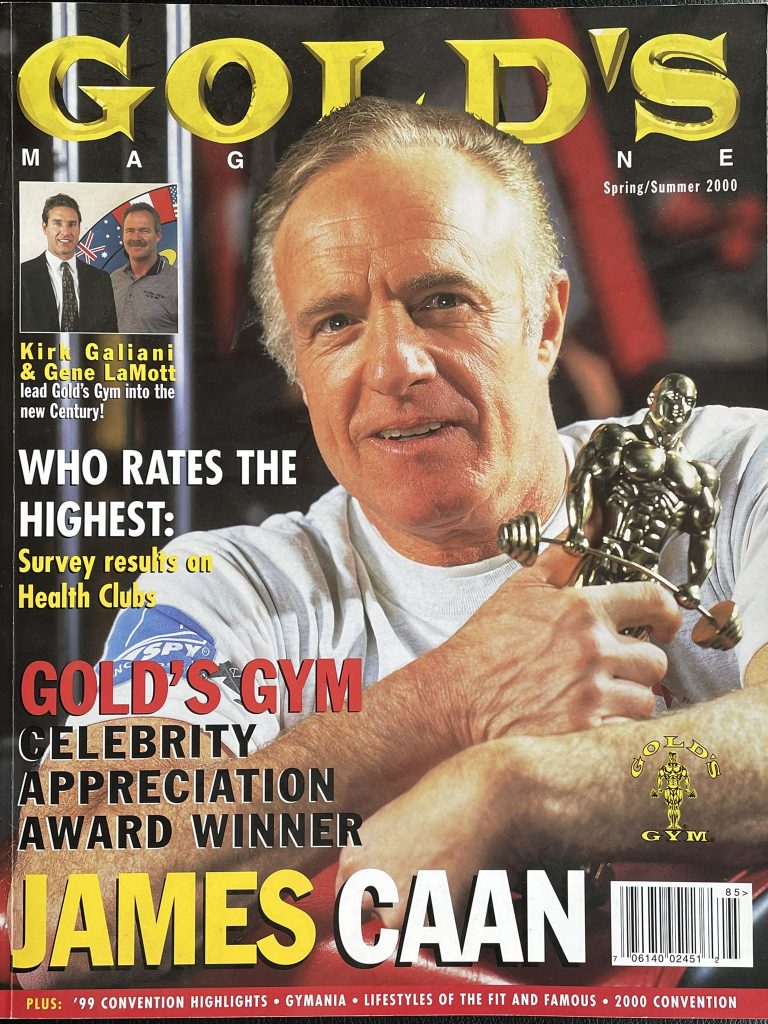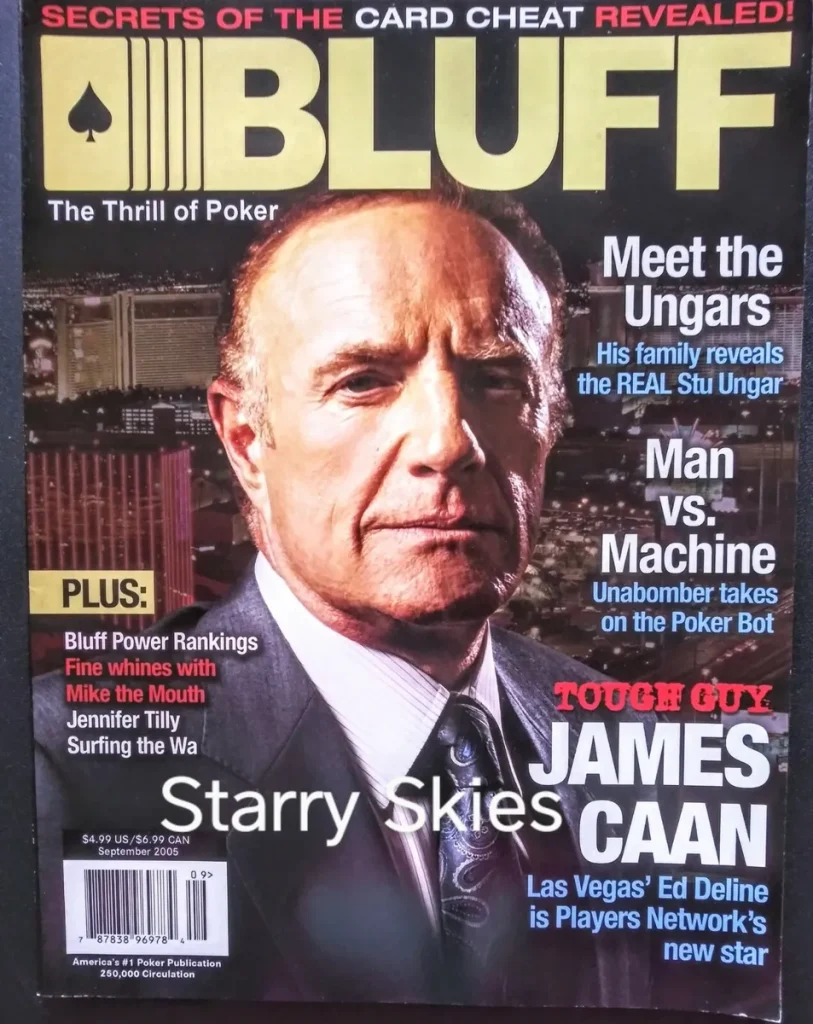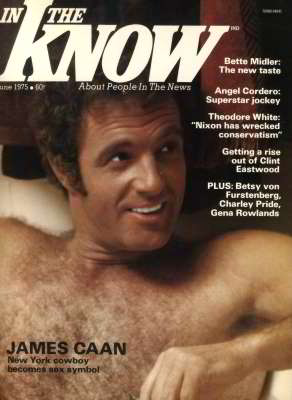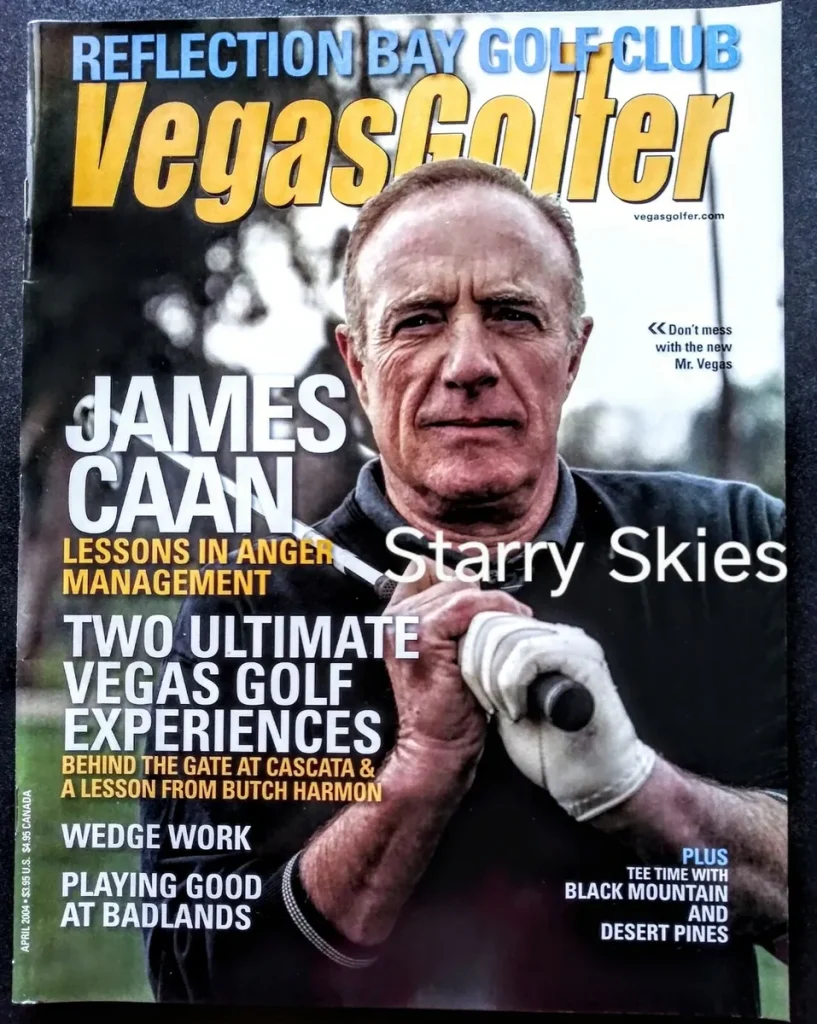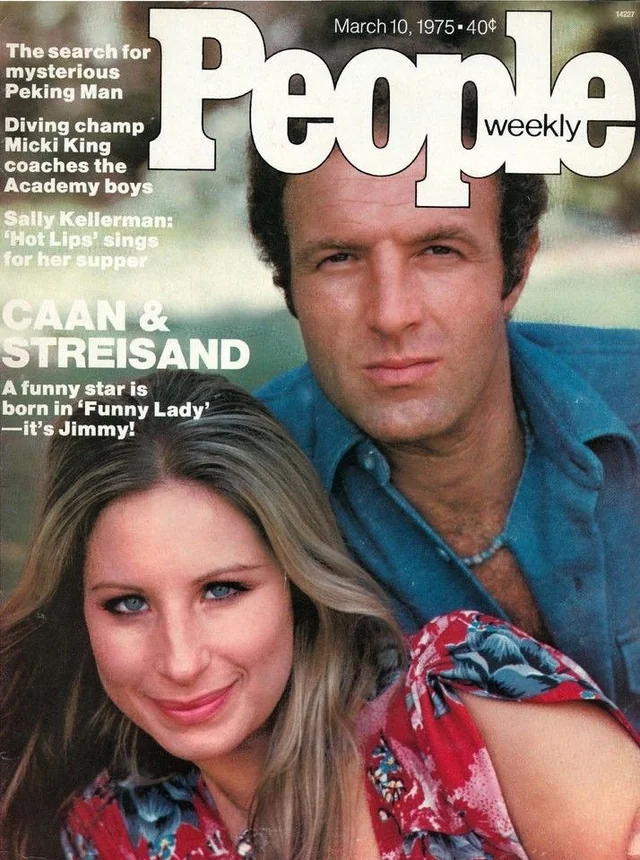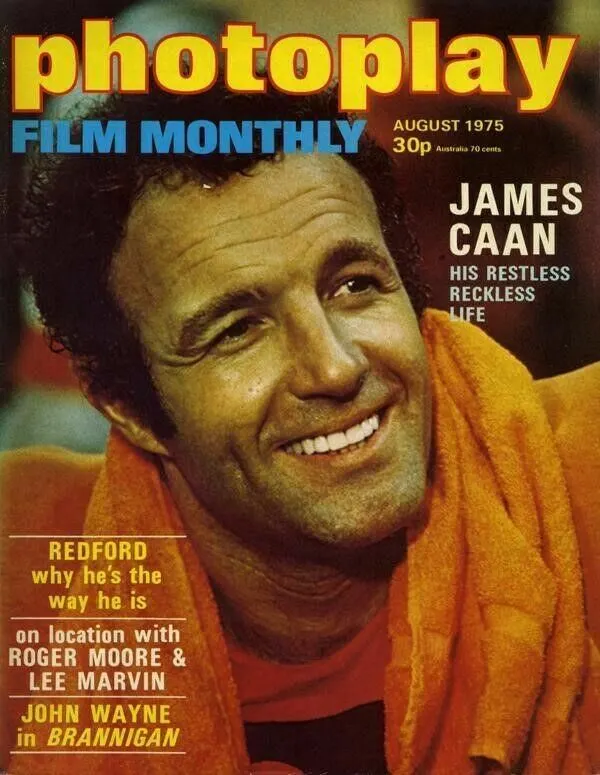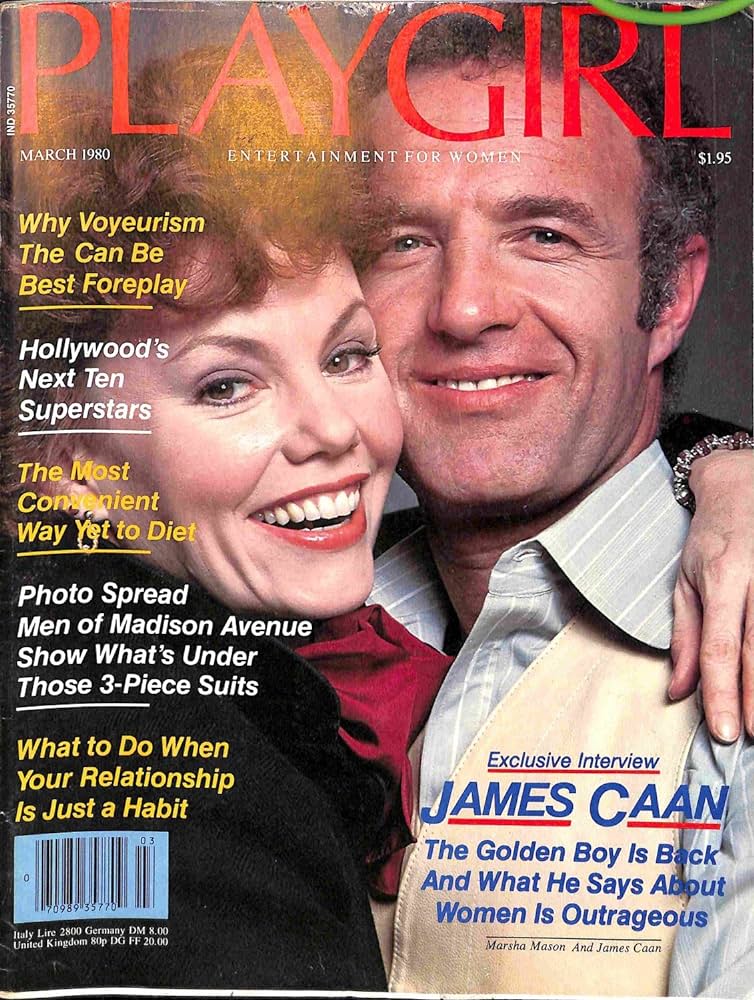Johnny Depp is one of the best of the current leading actors. He was born in 1963 in Kentucky. He came to fame for his performance ion the U.S. television series “21 Jump Street” in 1987. His films include “Cry-Baby”, “Pirates of the Carribbean” and “Fear and Loathing in Las Vegas”.
Johnny Depp spent a decade on the fringes of Hollywood as a favorite of independent directors like Tim Burton and Lasse Hallstrom, until his unbridled originality and penchant for extreme characterizations found a worldwide audience with “Pirates of the Caribbean: The Curse of the Black Pearl” (2003). Throughout the 1990s the actor built a strong critical and art house following portraying societal outsiders – from the anatomic anomaly “Edward Scissorhands” (1990) to cross-dressing B-movie director “Ed Wood” (1994) to twitchy drug-addled journalist Hunter S. Thompson in “Fear and Loathing in Las Vegas” (1998). He was so adept in disappearing into characters and accents that many had long ago forgotten that this respected “actor’s actor” had initially gotten his start as a posterboy of both bad behavior – numerous real-life run-ins with the press and the occasional trashing of a hotel room – as well as good, getting his big break on the teenybopper favorite, “21 Jump Street” (Fox, 1987-1991). Depp’s reputation as an “actor’s actor” solidified with leads in mainstream films “Donnie Brasco” (1997) and “Blow” (2001), but when Disney cast him as Captain Jack Sparrow, the actor’s characterization of the plundering pirate captivated international moviegoers and made box office history. While Depp remained loyal to the offbeat and fantastical films of Tim Burton, the “Pirates of the Caribbean” franchise turned the edgy and inventive leading man into a reluctant superstar.
John Christopher Depp II was born on June 9, 1963, in Owensboro, KY. The son of a waitress and a civil engineer and the youngest of four kids, Depp was a fourth generation Kentuckian with Cherokee roots. The family moved constantly while Depp was growing up, first from Kentucky to Florida when Depp was six years old and from house to motel to apartment endlessly thereafter, racking up over 20 addresses by the actor’s estimation. His father left the family when Depp was 15 years old, at which point Depp had already been in trouble with school and the law from the use of drugs and alcohol. He had also been playing guitar for several years, and having experienced some initial success playing club gigs (and sneaking into bars as an underage performer) Depp dropped out of Miramar High School in the 11th grade to become a guitar player. In a bout of remorse, he tried to return two weeks later, but his principal suggested he might make a better rock star than student. Depp pumped gas and worked construction jobs while his band The Kids paid their dues, recorded a demo, and eventually began to land prestigious opening slots for bands like The Talking Heads, Iggy Pop, and The Ramones. When Florida became too small for an ambitious rock band, the aging “Kids” renamed themselves Six Gun Method and headed to Los Angeles in search of a record deal.
Six Gun Method were struggling little fish in a big pond in the L.A. music scene of 1983, so poverty plus Depp’s youthful marriage to fellow musician Lori Anne Allison that same year only increased tension within the band. They managed to land a few gigs and during the day, they all worked at the same telemarketing company, selling pens for $100 dollars a week. Depp’s wife introduced him to a former boyfriend, Nicolas Cage, and Cage urged Depp to pursue acting. In need of a better job, Depp followed the leads to a casting audition for Wes Craven and came away with a role as the heroine’s doomed boyfriend in “A Nightmare on Elm Street” (1984) – in a quick blur, Depp being sucked into a demon bed became his auspicious cinematic start. Following his blood-soaked debut, he co-starred in the teen romp “Private Resort” (1985) and landed a small role in Oliver Stone’s Oscar-winning “Platoon” (1986). In the meantime, the band fell apart, his marriage ended, and Johnny Depp the accidental actor was about to become a teen idol.
With his mop of classic movie star hair, his deep serious eyes, and his beyond chiseled cheekbones, Depp as a teen idol was a no-brainer, and was just what Fox needed to complete the cast of its first original TV series, “21 Jump Street.” As Officer Tom Hanson, Depp played one of a unit of cops working undercover in high schools – ironic considering he had spent the better part of his youth on the other side of the law. The show was a hit with young audiences and Depp became an overnight sensation, his character’s leather jacket and rebellious attitude earning the actor a bad boy reputation that would follow him for years. It was an invaluable introduction to show business for the newcomer, but Depp was uncomfortable with his star status – to the point that one night, he was even caught defacing his own image on a billboard. After fulfilling his contract for three seasons, Depp was ready to move on and eager to distance himself from the career-limiting curse of teen idolhood.
Depp immediately seized the opportunity to satirize his image in John Waters’ musical “Cry-Baby” (1990). As a sneering, crooning, 1950’s juvenile delinquent, Depp established his offbeat sensibility and displayed a smoldering sexiness that could easily have paid his bills for the next two decades, but which he promptly left behind to play “Edward Scissorhands” (1990). A challenge for any actor, Depp was captivating in his nearly wordless portrayal of a mad inventor’s creation – a boy with scissors for hands who finds himself adopted by a well-meaning suburban family. Tim Burton’s gothic fable resonated strongly with audiences, Depp’s physical grace and expressive features reminiscent of the sympathetic silent characters like Charlie Chaplin’s Little Tramp, and worthy of a Golden Globe nomination. The film not only put him on the big screen map officially – it also introduced him to two very important people in his life. First, director Burton, with whom Depp would collaborations with on project after project, so fond of and in tune with each other were they. On a different note, “Scissorhands” also introduced Depp to co-star, Winona Ryder. The two quickly became an inseparable couple, and as a unit, developed into hip icons of the early 90s with their disheveled thrift store clothes, rock star friends and devil-may-care chain smoking. Depp even stamped his love for the actress permanently on his skin, resulting in the famous “Winona Forever” tattoo.
Onscreen, Depp continued his quest to explore distinctive material, starring in “Arizona Dream” (1992) as a young man unwillingly called upon by his uncle (Jerry Lewis) to take over the family car dealership. “Benny & Joon” (1993) presented Depp as a modern-day circus performer who, in the course of romancing a mentally disturbed woman (Mary Stuart Masterson), performs set pieces – again reminiscent of the great silent film stars, though this time more Keaton than Chaplin. That same year, in the title role of Lasse Hallstrom’s “What’s Eating Gilbert Grape,” Depp played it straight as a Midwesterner trapped in a small town by familial obligations. The film hearkened back to Depp’s own past, and the actor brought a gentleness and melancholy to his moving portrait of family dysfunction and unfulfilled ambitions. Most particularly touching were his scenes with mentally disabled younger brother Arnie (Leonardo DiCaprio) and obese “Momma” (Darlene Cates).
At the same time, in 1993 Depp launched the Viper Room, a low-key Sunset Strip rock club popular with famous and non-famous music lovers who came for lounge music-themed martini nights and live bands. Depp donned his guitar and made occasional appearances with P, an informal group including Depp, Gibby Haynes (Butthole Surfers), actor Sal Jenco, and a roster of local guests including Flea (Red Hot Chili Peppers) and Steve Jones (Sex Pistols). The world at large learned of The Viper Room on Halloween 1993, when actor River Phoenix died from an overdose of heroin and cocaine – a “speedball” – outside the club. The press made the event into a sensationalized story of the excesses of young Hollywood, and Depp reacted with a statement condemning the media for turning Phoenix’s death into a circus. Meanwhile, his over three year relationship with Ryder was coming to an end and the actor sought solace in a period of drugs and heavy drinking. He recorded and played live dates with ex-Pogue Shane McGowan in early 1994, which was not likely to cure him of his bender but most likely lessened the pain of all the loss he had recently experienced.
In 1994, Depp reteamed with Burton and won considerable critical acclaim for “Ed Wood” (1994), which chronicled the career of the angora sweater-wearing “Plan 9 from Outer Space” (1959) cross-dressing filmmaker and his friendship with fading horror icon, Bela Lugosi (Martin Landau). Depp brought a bouncy, post-war optimism and unflagging confidence to the portrayal, and his handling of the absurd comedy was pure genius as he chomped cigars in high heels and skirts – apparently fearless when diving into a characterization. He followed up “Ed” with a rare role that actually embraced his good looks, donning a mask and Castilian accent for “Don Juan DeMarco” (1995). The film afforded him the opportunity to act opposite the legendary Marlon Brando, who played the therapist to Depp’s Don Juan, a modern day patient with delusions of being the world-renowned 14th century Spanish libertine, with the outfit to match. Though the film did little to further his career, he looked good and worked with Brando. That was apparently enough for Depp, as it would be for any actor worth his salt.
The actor who, despite a wild image, often appeared to be a serial monogamist, announced his engagement to English model Kate Moss the same year. The two made headlines in 1994 during a stay at The Mark hotel in New York, when what was described by the actor as simply a “bad night” resulted in destruction of furniture in the couple’s suite and Depp’s arrest for felony criminal mischief. The charges were dropped, but the press had a field day, painting Depp and Moss as a tempestuous couple on a rampage. In a brief foray back into music, Depp’s band P released an album, and though the members kept the side project fairly low profile, the single “Michael Stipe” did enjoy a bit of airplay.
In John Badham’s “Nick of Time” (1995), Depp was a surprising sight as a father racing the clock to rescue his kidnapped daughter, but the stylized thriller ultimately failed to deliver the unique results audiences came to expect from Depp. He rebounded with Jim Jarmusch’s artfully filmed “Dead Man” (1996), playing a mild-mannered accountant mixed up in a whorehouse shooting and forced to go on the lam across 1840’s western frontier with a bullet in his chest. Jarmusch’s and Depp’s subtle sense of absurd humor proved to be highly compatible. Adding to his cast of oddball outsiders, Depp essayed the title role in Mike Newell’s “Donnie Brasco” (1997), an FBI undercover agent who infiltrates a crime family, befriends its volatile leader, and begins to morph a little too well into his surroundings. Depp won praise for his layered portrayal of the real-life Joe Pistone – and especially for his interplay with co-star Al Pacino, who served as Depp’s mentor onscreen and off.
The year 1997 marked Depp’s feature directorial debut with “The Brave,” a film he co-wrote with older brother D. P. Depp and in which he starred as a father who agrees to play the victim in a snuff film to earn money for his family. The film also featured Brando and Clarence Williams III, but earned mostly negative reviews following its premiere at the Cannes Film Festival. Depp returned to the recording studio to lend guitar work to Oasis’ Be Here Now album before tackling the mighty portrayal of Raoul Duke, the drug-crazed alter ego of Gonzo journalist Hunter S. Thompson in Terry Gilliam’s “Fear and Loathing in Las Vegas” (1998). Depp gave a hilarious and eye-popping performance that seamlessly blended with the film’s lush, undulating, fantastical feel, and the film earned Gilliam a Golden Palm nomination at Cannes. That year, Depp and Moss finally called it quits, after a break-up and reconciliation the previous tempestuous year and press speculation of drug use.
Depp may have chosen “The Astronaut’s Wife” – the first of his three 1999 thrillers – for the opportunity to play good boy-gone-wrong under alien influence, but the result was sadly a rare one-note performance. From one movie resembling Roman Polanski’s “Rosemary’s Baby” (1968), he moved to “The Ninth Gate” (1999), which was actually directed by Polanski. As a rumpled, bespectacled book dealer in search of a 17th-century volume allegedly co-authored by Satan, Depp was the soft, unassertive core of a film thought by most – but not all – to be a journey to nowhere. The film was forgettable, but shooting in France was not, for it was there that he met French singer- songwriter Vanessa Paradis and essentially never went back stateside again, except for work. The lovers had a daughter named Lily Rose Melody on May 27, 1999, providing the renegade drifter of sorts with an instant attitude adjustment in Depp, who now waxed poetic that the love of his daughter had caused him to finally understand the world. Several months prior to the birth, however, he had landed in a London jail after threatening a paparazzi whom he felt was being disrespectful of Paradis’ pregnancy.
With “Sleepy Hollow” (1999), based on the Washington Irving legend, Depp again paired perfectly with the imaginative gothic vision of Tim Burton. The studio nixed his notion of playing Ichabod Crane with a long pointy nose, though he did insist on going against the heroic archetype with his prissy, neurotic characterization. It became Depp’s biggest box office hit to date, but he followed up with a pair of films that barely saw the light of box office day – Julian Schnabel’s “Before Night Falls” (2000), the story of Cuban poet-novelist Reinaldo Arenas – in which Depp again cross-dressed – and the period drama “The Man Who Cried” (2001) where he starred as Christina Ricci’s gypsy love interest in post World War II France. Between films, Depp returned to the recording studio, co-writing two tracks with Paradis and playing guitar on one track of her 2000 release Bliss. He also directed music videos for the singles “Que Fait la Vie?” and “Pourtant.”
Depp returned to the screen to take on another interpretation of a real-life figure in Ted Demme’s “Blow” (2001), where he chronicled the rise and fall of George Jung, a major cocaine trafficker for Colombian kingpin Pablo Escobar during the 1970s. In the moody thriller “From Hell” (2001), Depp took on the role of Inspector Frederick Abberline, a London detective and opium addict embroiled in the Jack the Ripper murders of the 1880s. Depp and girlfriend Paradis welcomed their second child, John III (Jack), into the family on April 9, 2002, and by all accounts, restless Depp seemed to be settling into a satisfying real life role as a family man abroad with a steady stream of moderately successful, artfully-oriented films.
In 2003, Disney executives got their first peek at the dailies for “Pirates of the Caribbean: The Curse of the Black Pearl” and began rounds of panicked phone calls. They initially had not had high hopes for the film, as earlier attempts to build a narrative around the popular Disney World ride had failed. Convinced by director Gore Verbinski that Depp could be trusted, they fretted over the film’s release and were stunned when the finished product was a runaway blockbuster. Capping his teeth with gold and basing his performance on the swaggering, dissipated rock star Keith Richards of the Rolling Stones, Depp was a lively tour de force, finding himself in the unique position of not only being nominated for a Best Actor Oscar for a comedic performance, but for appearing in a commercial blockbuster at long last. The film was the fourth highest grossing of the year and Hollywood wrongly assumed that the now mainstream viable star would be accepting scripts for blockbusters. Predictable only for being unpredictable, Depp’s next appearance was in indie icon Robert Rodriguez’s “Once Upon a Time in Mexico” (2003), the third of the filmmaker’s trilogy and one that positioned Depp as a corrupt CIA agent who lures El Mariachi out of seclusion for a dangerous mission.
Depp drew little attention for his uninspired turn in the Stephen King adaptation “Secret Window” (2004), playing an author caught up in accusations of plagiarism and stalked by his accuser. However, with his follow-up, the actor mesmerized critics as Peter Pan scribe J.M. Barrie in the highly-praised “Finding Neverland” (2004). Depp delivered a subtle but deeply emotional performance as the playwright who, despite his age and wisdom, wished to never grow up. Depp earned his second Oscar nomination for Best Actor for his performance. He also unloaded The Viper Room and launched his production company, Infinitum Nihil, in June of 2004, taking on the role of CEO and cutting a first look deal with Initial Entertainment.
Considering his infamous history of pulling off outrageous characterizations, Depp was an ideal choice to play magical candy maker Willie Wonka in Burton’s adaptation of Ronald Dahl’s “Charlie & the Chocolate Factory” (2005), a remake of 1971’s “Willy Wonka & the Chocolate Factory.” Burton’s darker interpretation hewed closer to the book, while Depp’s Wonka was both inspired and a bit more unsettling. The film received favorable reviews and Depp, the new superstar of family entertainment, raked in box office receipts of $475 million dollars. That same year he provided the voice of Victor Van Dort, a Victorian lad whisked away to the underworld to wed a mysterious undead woman in Burton’s stop-motion animated feature “Corpse Bride” (2005).
Depp was pleased to revive Captain Jack Sparrow for the inevitable sequel, “Pirates of the Caribbean: Dead Man’s Chest” (2006), a harrowing, energetic and worthy addition to the swashbuckling franchise. Depp outweighed co-star Orlando Bloom and displayed fine chemistry with a game Keira Knightley in a story that pitted the three against undead pirate Davy Jones – and sometimes themselves – in a quest to find a valued treasure that would enable control over supernatural forces. “Dead Man’s Chest” broke several box-office records, including biggest single-day gross and biggest opening weekend ever, paving the way for the third installment, “Pirates of the Caribbean: At World’s End” (2007). “At World’s End” focused on the desperate quest undertaken by heroes Will Turner (Bloom) and Elizabeth Swann (Knightley), both allied with Captain Barbossa (Geoffrey Rush reprising his role from the first “Pirates”), to rescue Sparrow from the trap of Davy Jones’ Locker. Detractors criticized the film as convoluted and the weakest of the franchise, but Depp’s built-in fanbase brought in over $300 million.
Hollywood’s number one expatriate returned to the box office for the Christmas release of “Sweeney Todd” (2007), the highly anticipated film adaptation of Steven Sondheim’s macabre musical. Bringing the bloody British saga of a wronged man’s revenge to the big screen was the brain child of Burton, and promised to deliver he and Depp’s signature hybrid of gloom and wit, though the R rating would mean that the Sparrow fans would be left at home with a babysitter. Having conquered every other medium, accent and quirk, Depp, in singing debut, did not disappoint, earning him a Golden Globe Award for Best Actor in a Motion Picture Musical or Comedy, as well as an Oscar nomination for Best Performance by an Actor in a Leading Role.
Depp returned to the screen two years later to portray famed Chicago bank robber John Dillinger in Michael Mann’s period docudrama, “Public Enemies” (2009). Depp’s long overdue return to a dapper, non-freakish character was a breath of fresh air, though Mann’s emphasis on visuals and pyrotechnics left Depp’s potential to explore the notorious outlaw character unrealized. Regardless, the fedora-heavy crime film brought in over $100 million in receipts. Later that year, Depp was one of three actors tapped by filmmaker Terry Gilliam to substitute in the starring role left behind by the tragic death of actor Heath Ledger in “The Imaginarium of Dr. Parnassus” (2009). Depp shared duties with Jude Law and Colin Farrell in the role of a tarnished “white knight” who comes to the aide of the immortal doctor in an attempt to keep his daughter out of the clutches of the devilish Mr. Nick (Tom Waits). The actor began the next year with another of his by now signature extreme character roles as the Mad Hatter in “Alice in Wonderland” (2010). Reteaming with director Burton for the seventh time, Depp’s highly affected Hatter played more childish than insane, ultimately being eclipsed by the scene-stealing performance of Burton’s wife, Helena Bonham Carter, as the stark raving mad Queen of Hearts. Burton’s take on Lewis Caroll’s fantasy tale may have leaned more towards action-adventure, but audiences flocked to the 3-D feature in droves, and the turn provided Depp with a Golden Globe nomination for Best Actor in a Musical or Comedy.
Near the end of that year, Depp paired with fellow film superstar Angelina Jolie for the action-thriller “The Tourist” (2010). Turning the dial way back, Depp’s low-key portrayal of a frumpy Midwesterner caught up in a deadly game of mistaken identity with femme fatale Jolie failed to ignite much chemistry with his co-star, or impress the majority of critics. However, despite some reviewers’ charges of sleepwalking through his performance, the role nonetheless garnered Depp yet another Golden Globe nomination for the year – oddly, in the same Musical/Comedy category as his Mad Hatter turn. Even as Depp basked – however reluctantly – in the glow of his awards nominations, audiences awaited his next effort, this time as the voice of a chameleon suffering from an acute case of identity crisis in “Rango” (2011). Directed by “Pirates” helmer Gore Verbinski, the animated family adventure boasted an all-star cast, including Ray Winstone, Alfred Molina and Ned Beatty. Depp also found time to swagger on deck once more in his fourth outing as lovable, laughable rogue Captain Jack Sparrow in “Pirates of the Caribbean: On Stranger Tides” (2011), this time directed by musical veteran Rob Marshall, and adding Depp’s “Blow” co-star Penelope Cruz to the cast’s motley crew.
Returning to the world of Hunter S. Thompson for the underwhelming, if mildly entertaining, book adaptation “The Rum Diary” (2011), Depp next camped it up as out-of-touch vampire Barnabas Collins in Burton’s cheeky and somewhat misguided “Dark Shadows” (2012), a riff on the vintage TV show of the same name. Sticking to reworkings of classic characters, he next surfaced as Tonto, the Native American ally to Armie Hammer’s masked cowboy crusader in Verbinski’s “The Lone Ranger” (2013), a would-be blockbuster that flopped mightily and left Depp overdue for a clear-cut well-received movie.
The above TCM overview can also be accessed online
here. 




